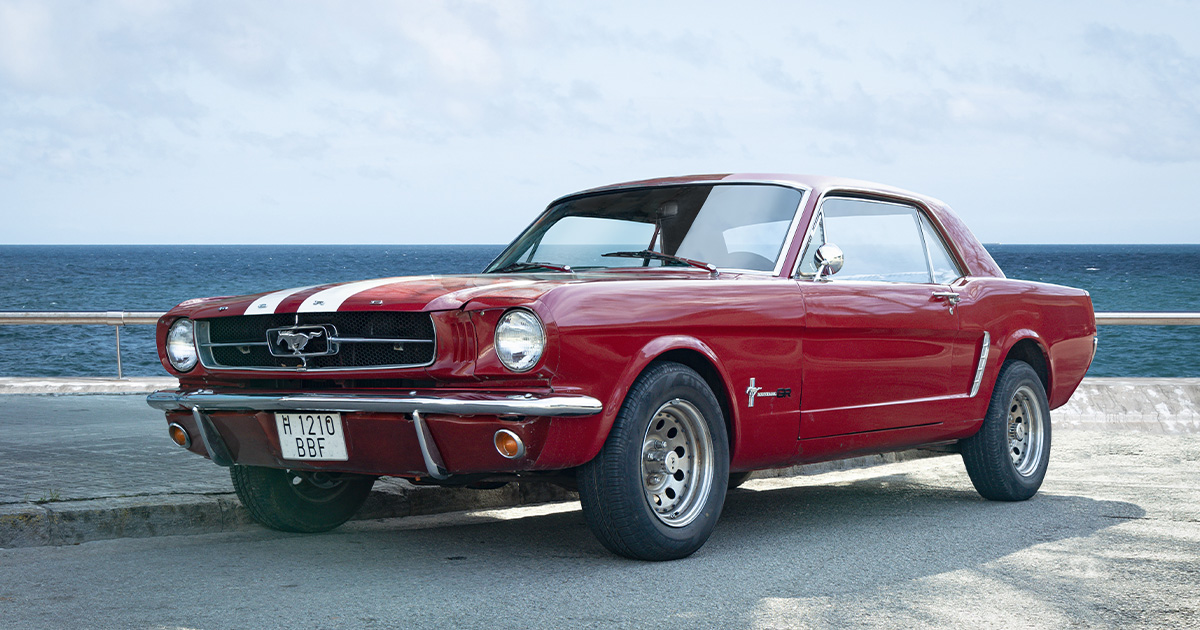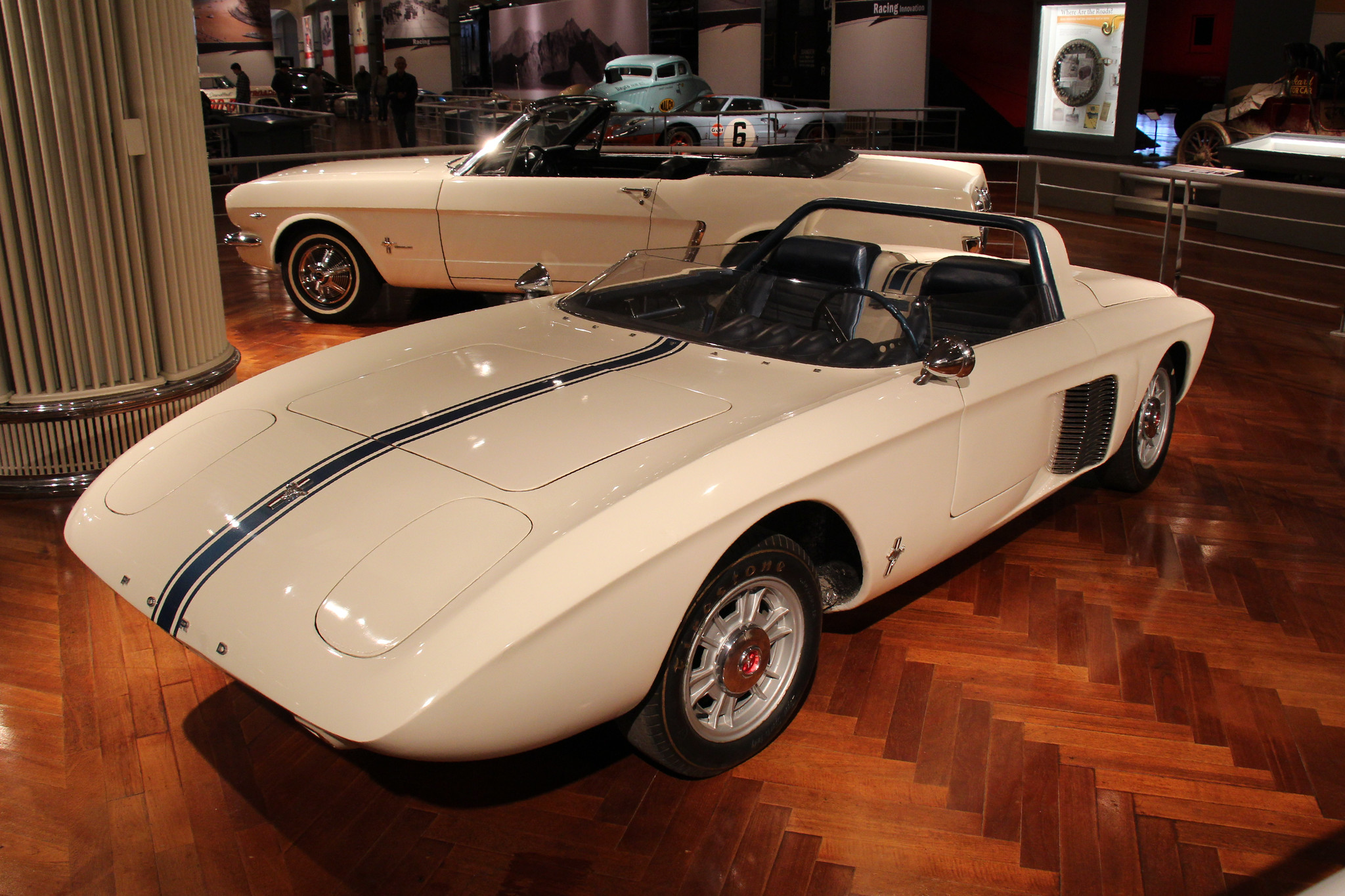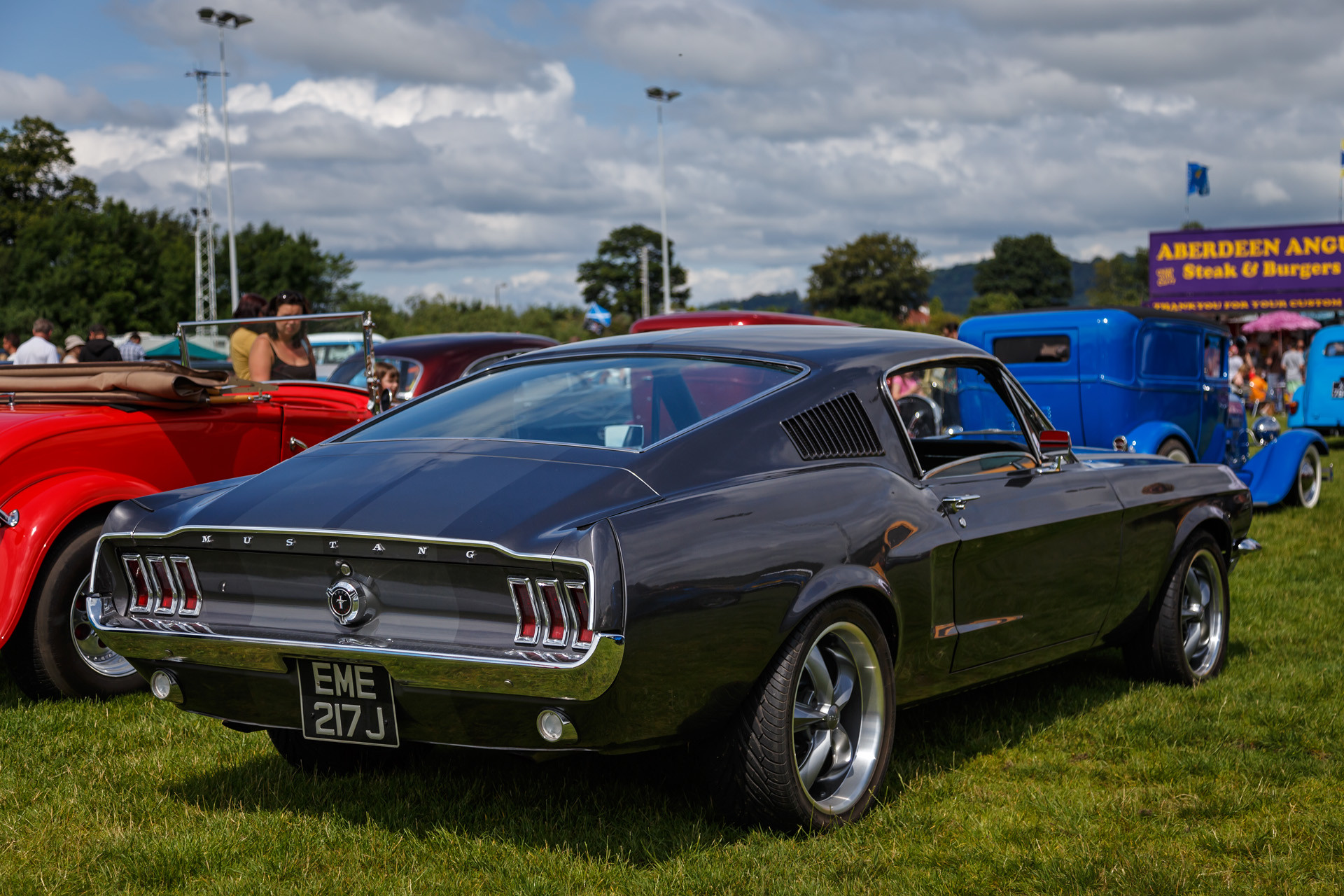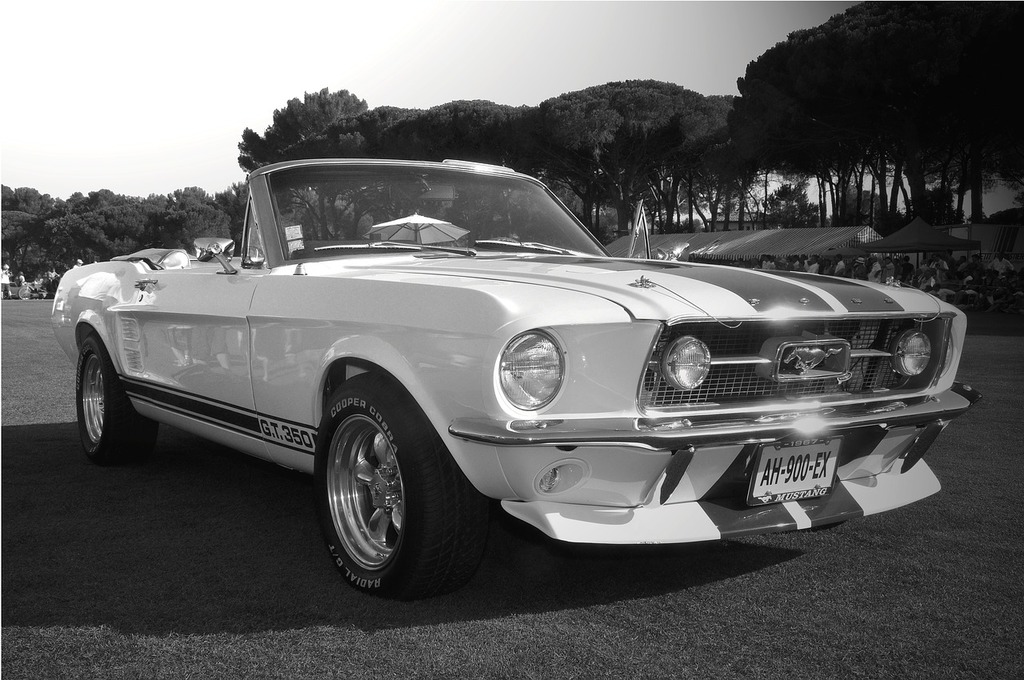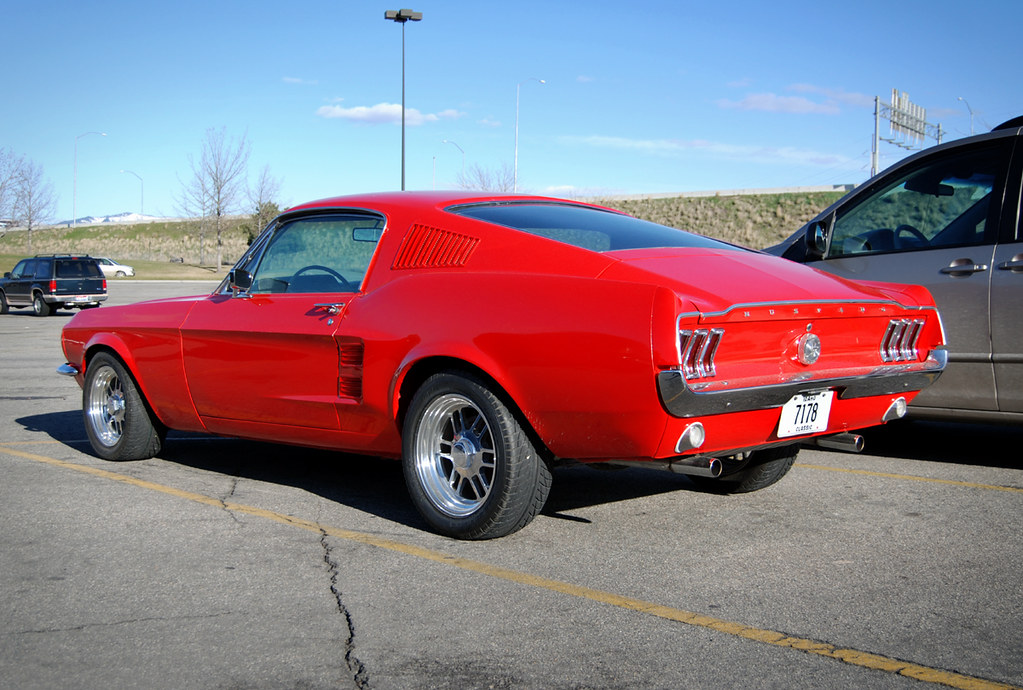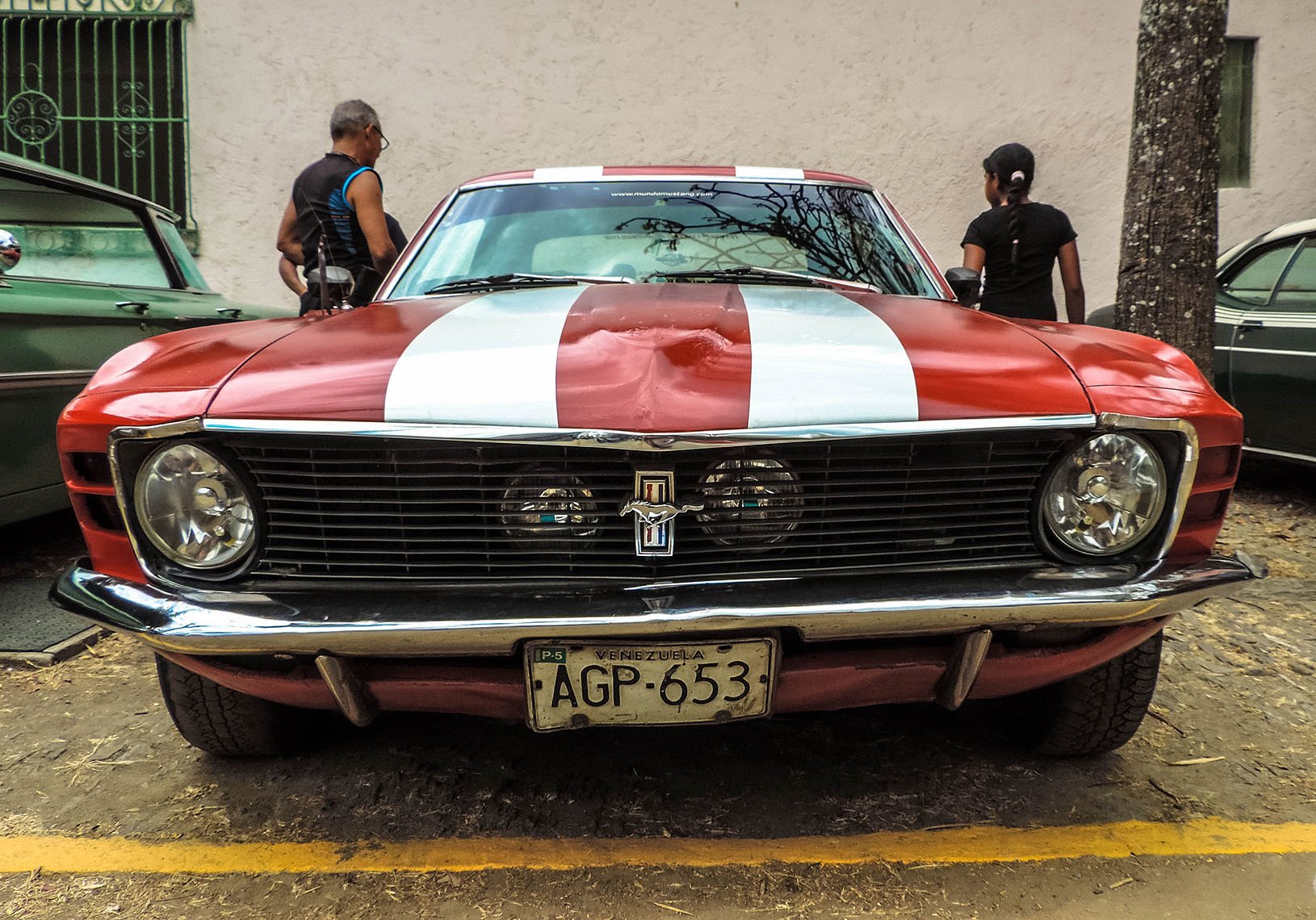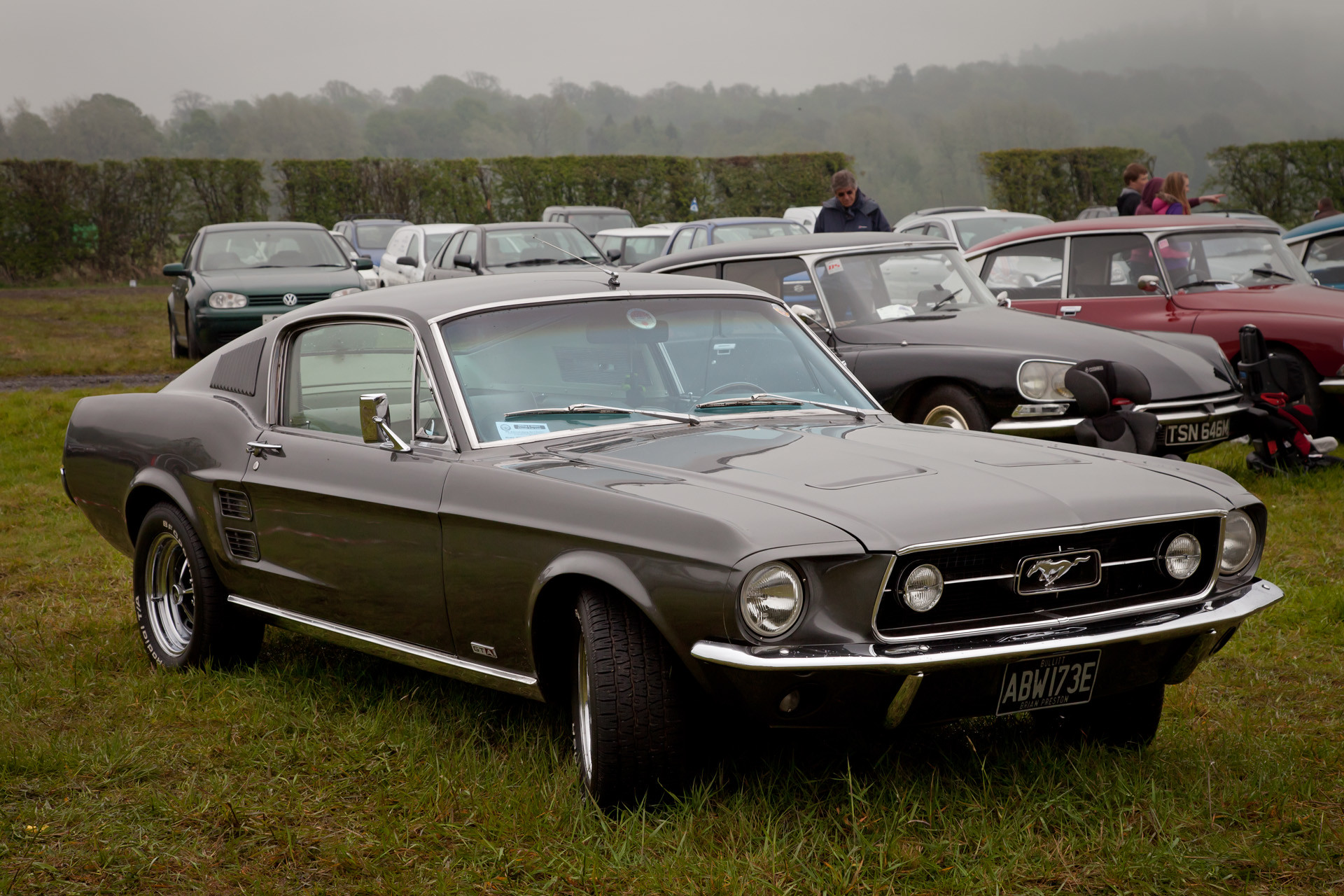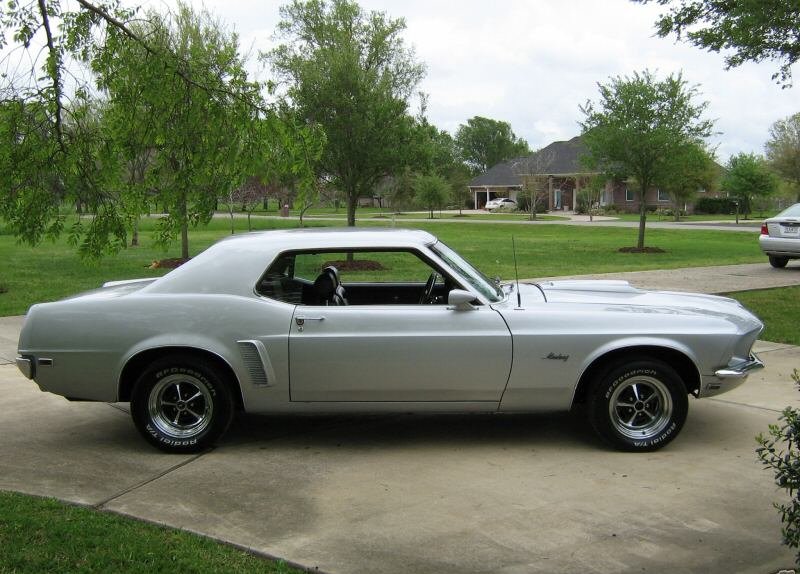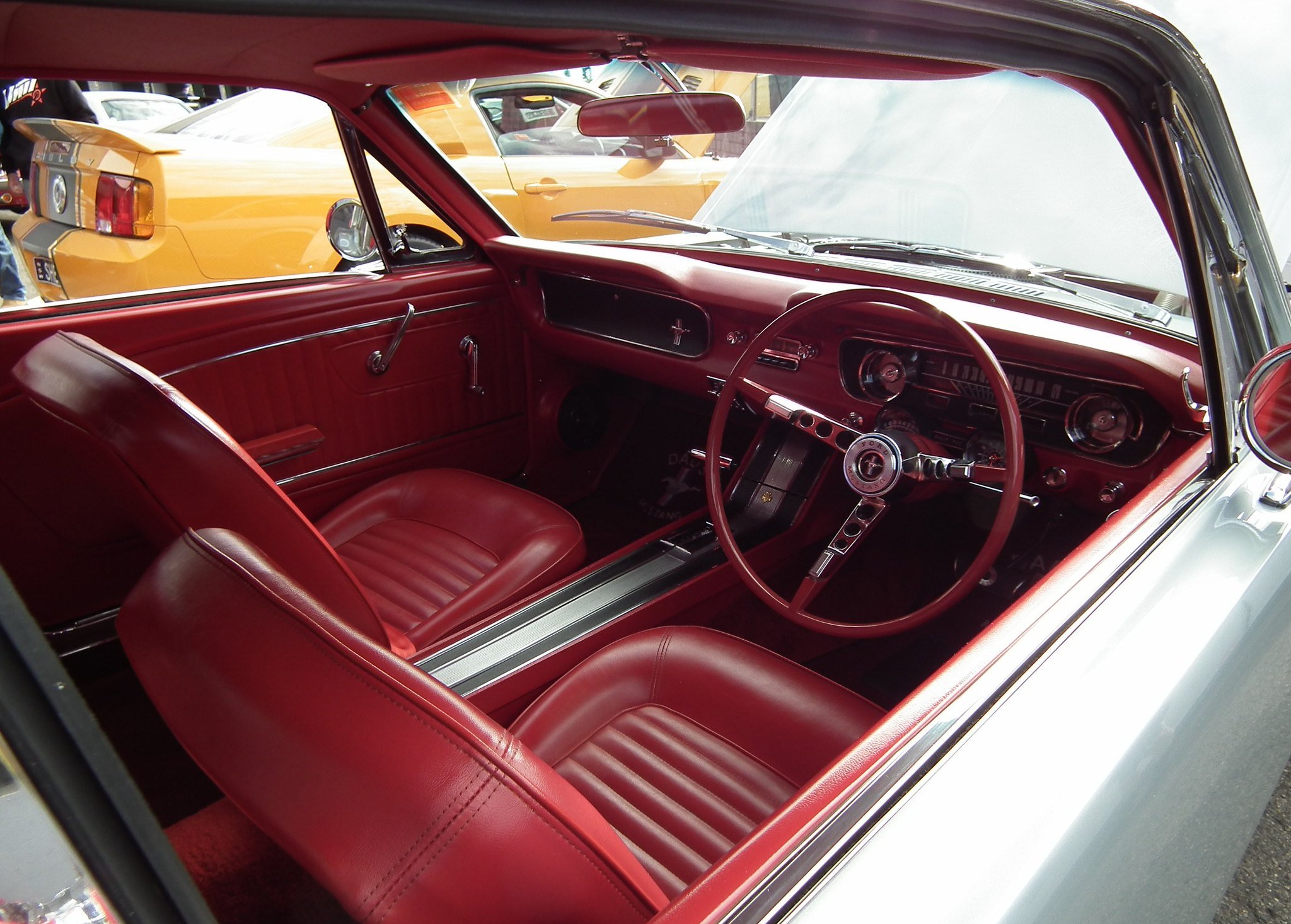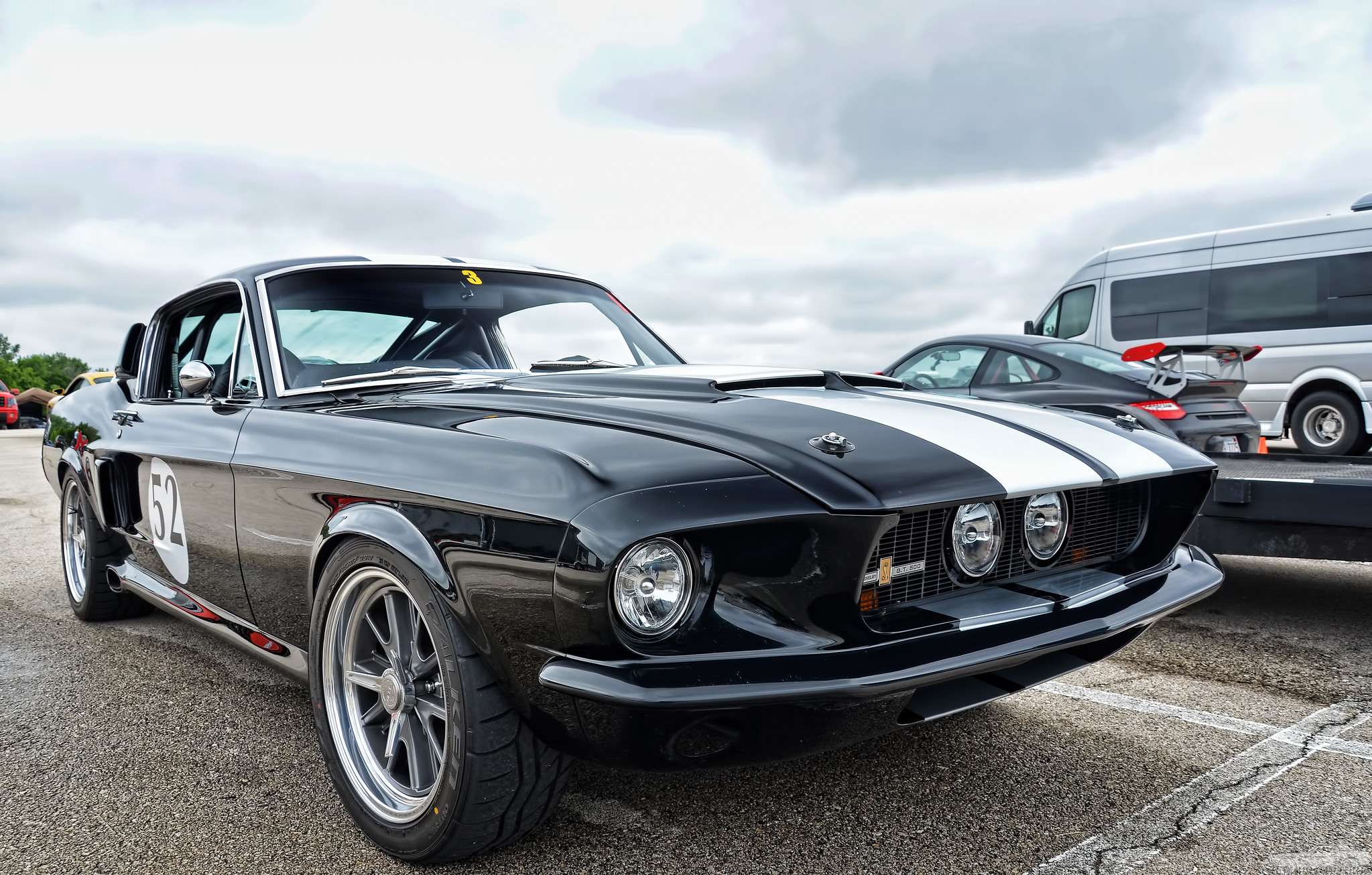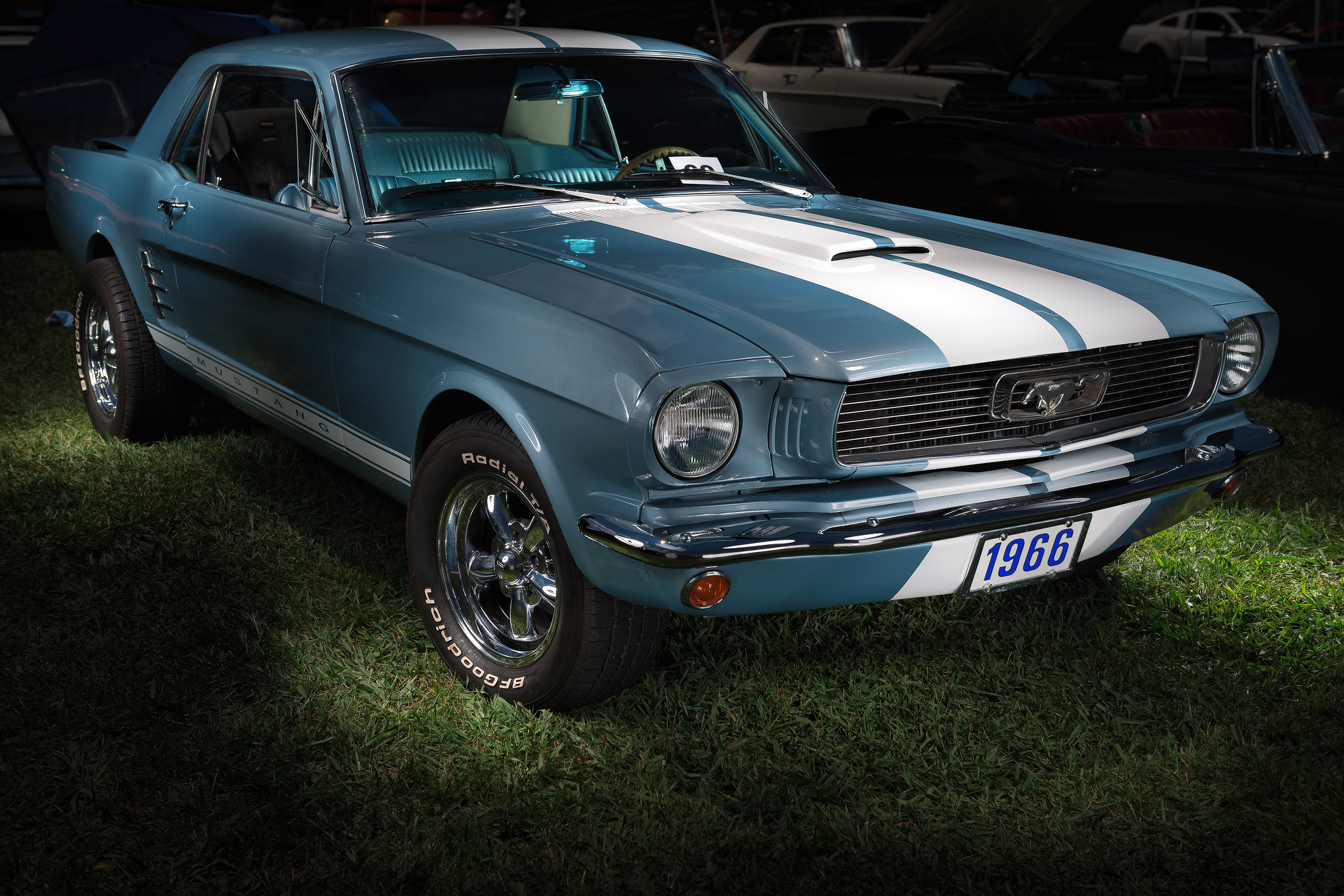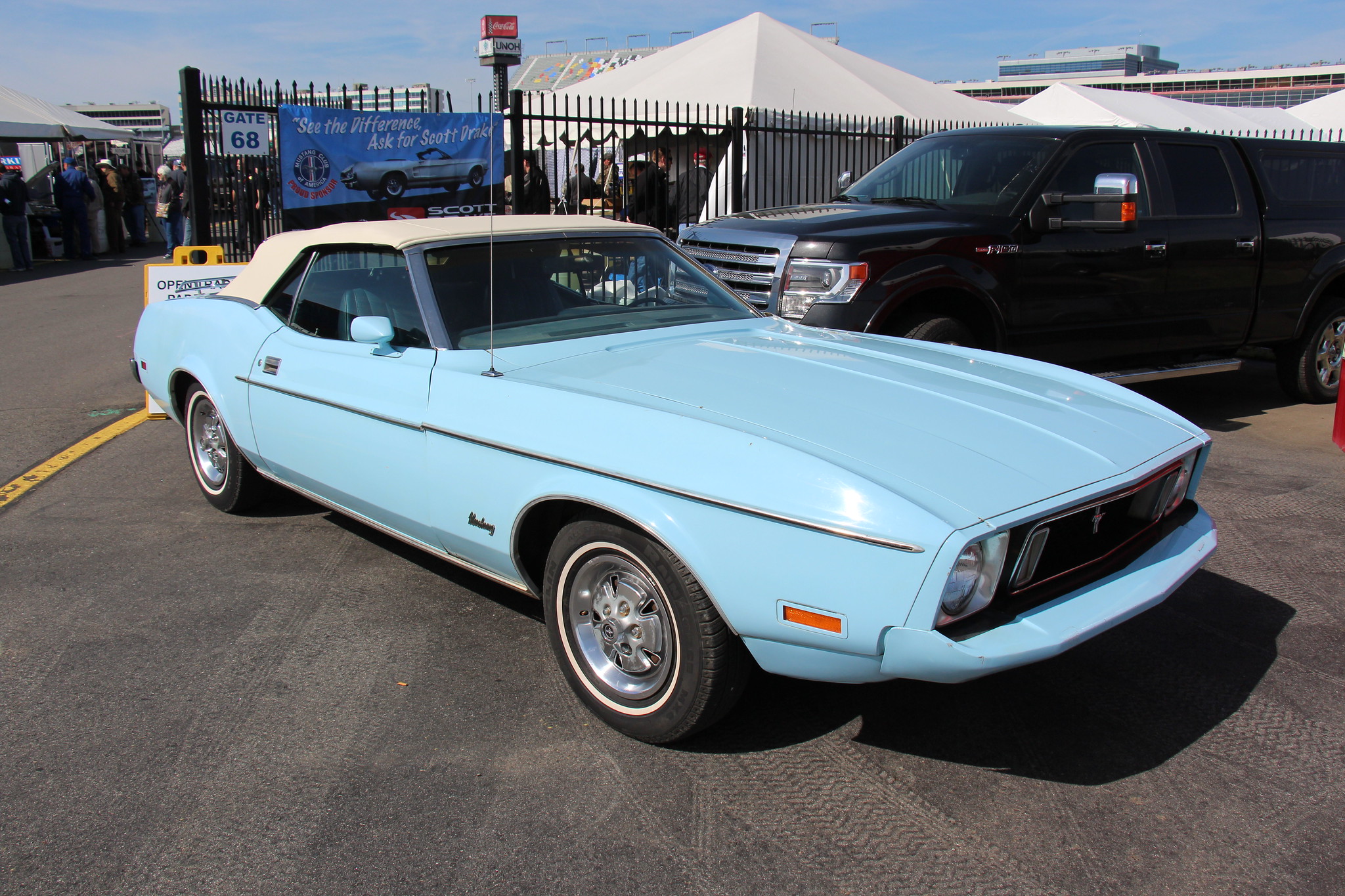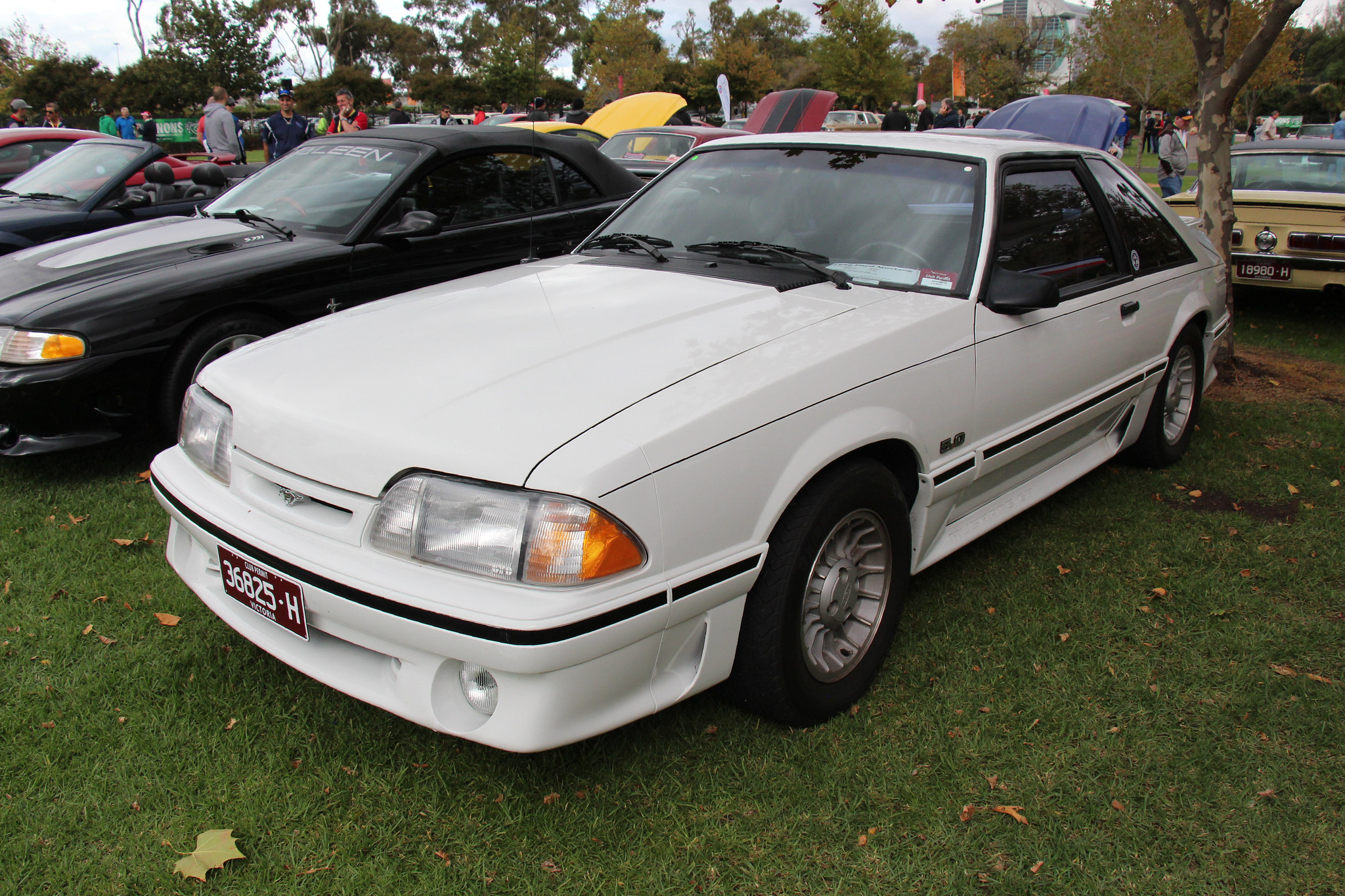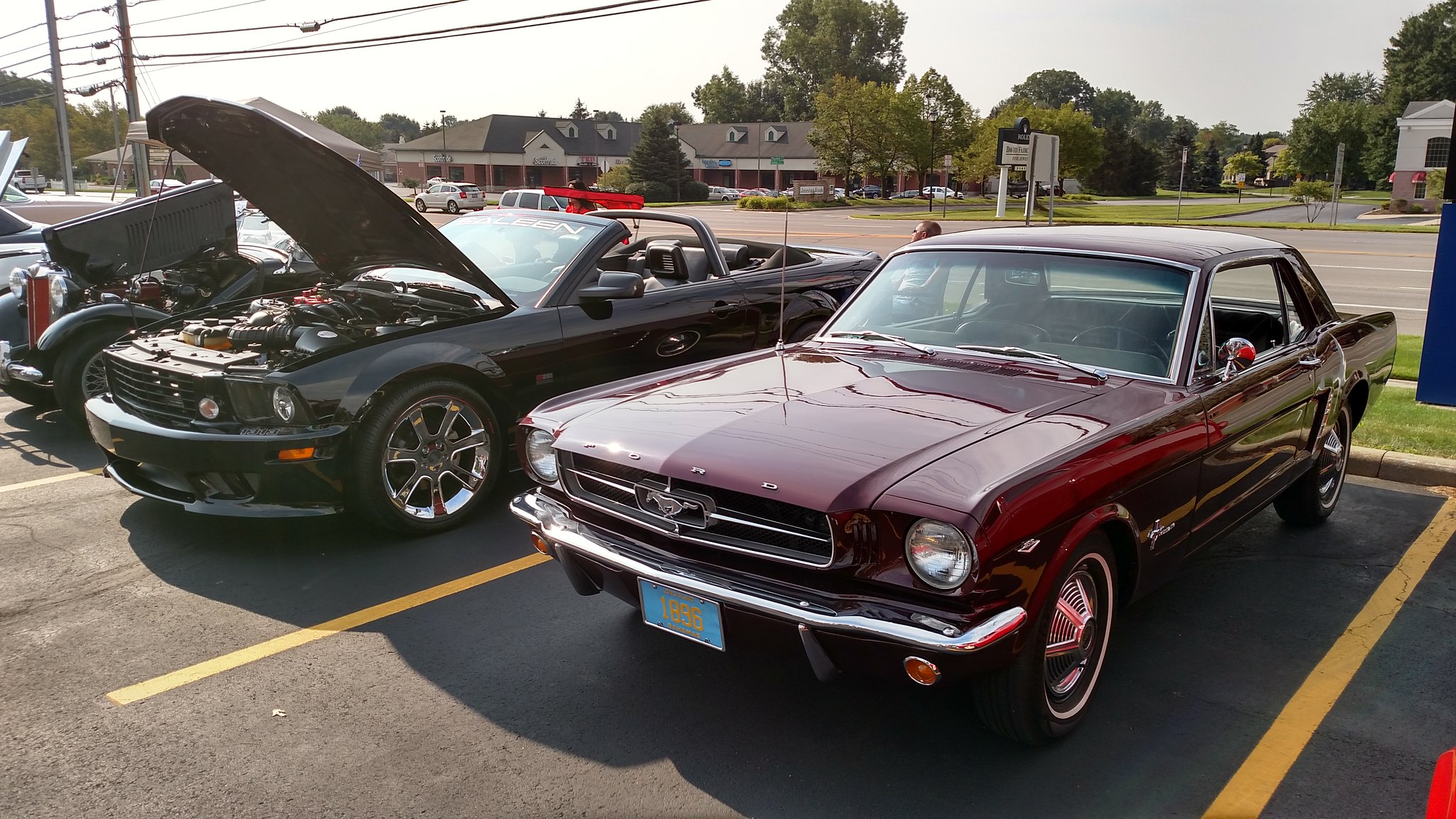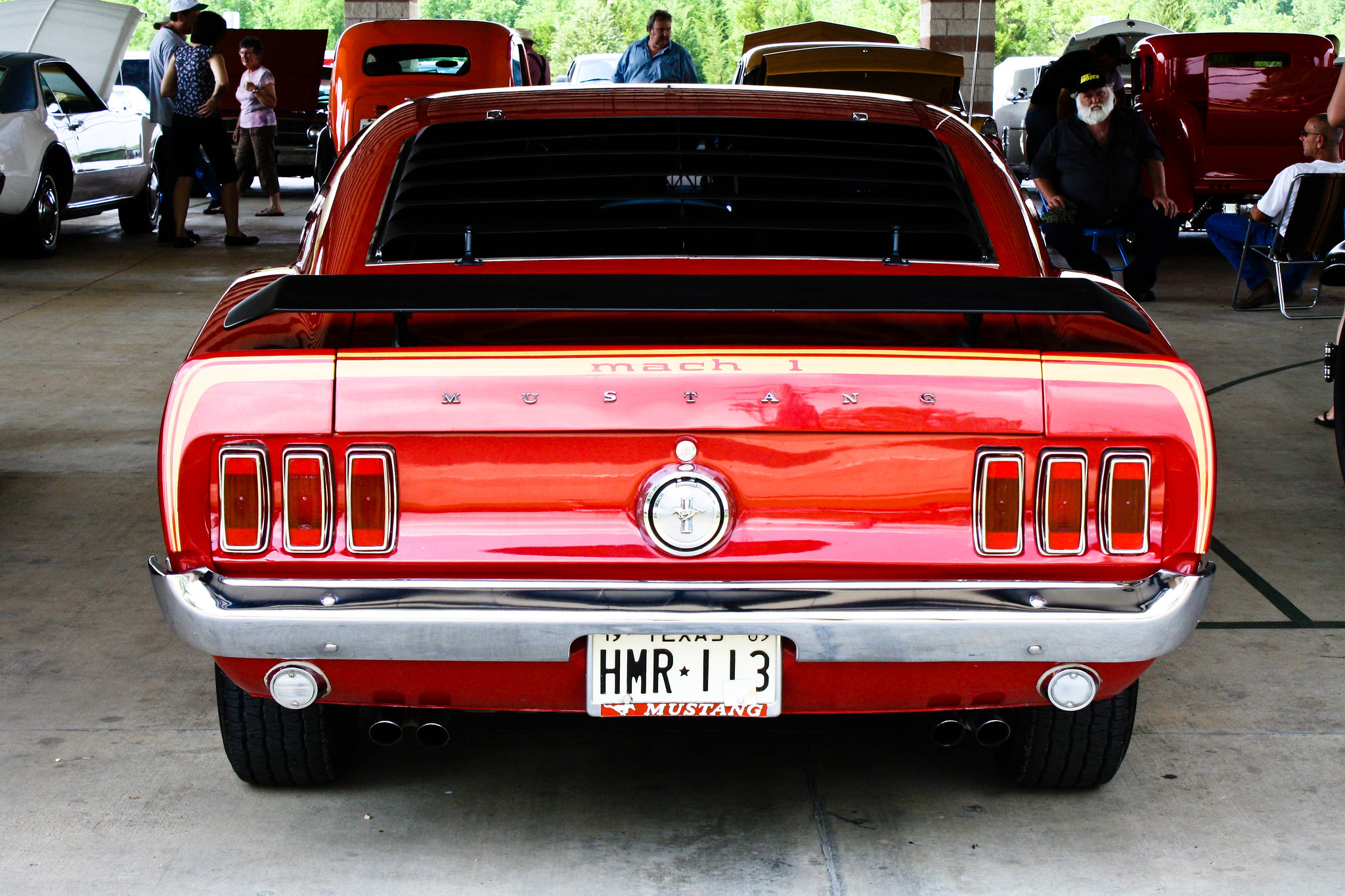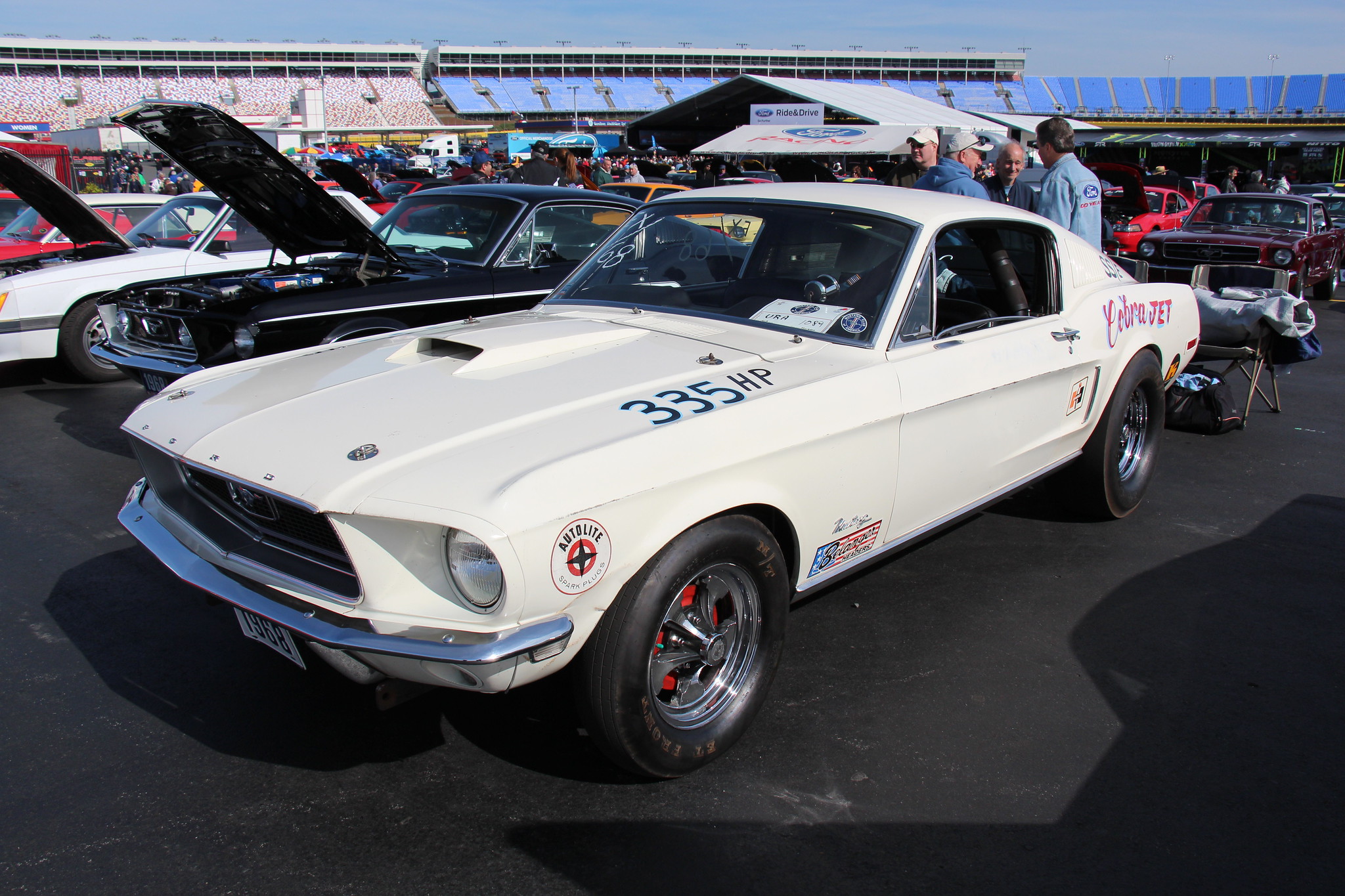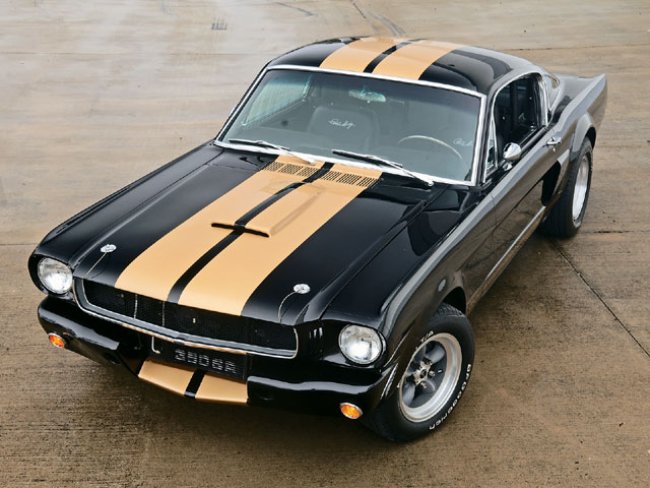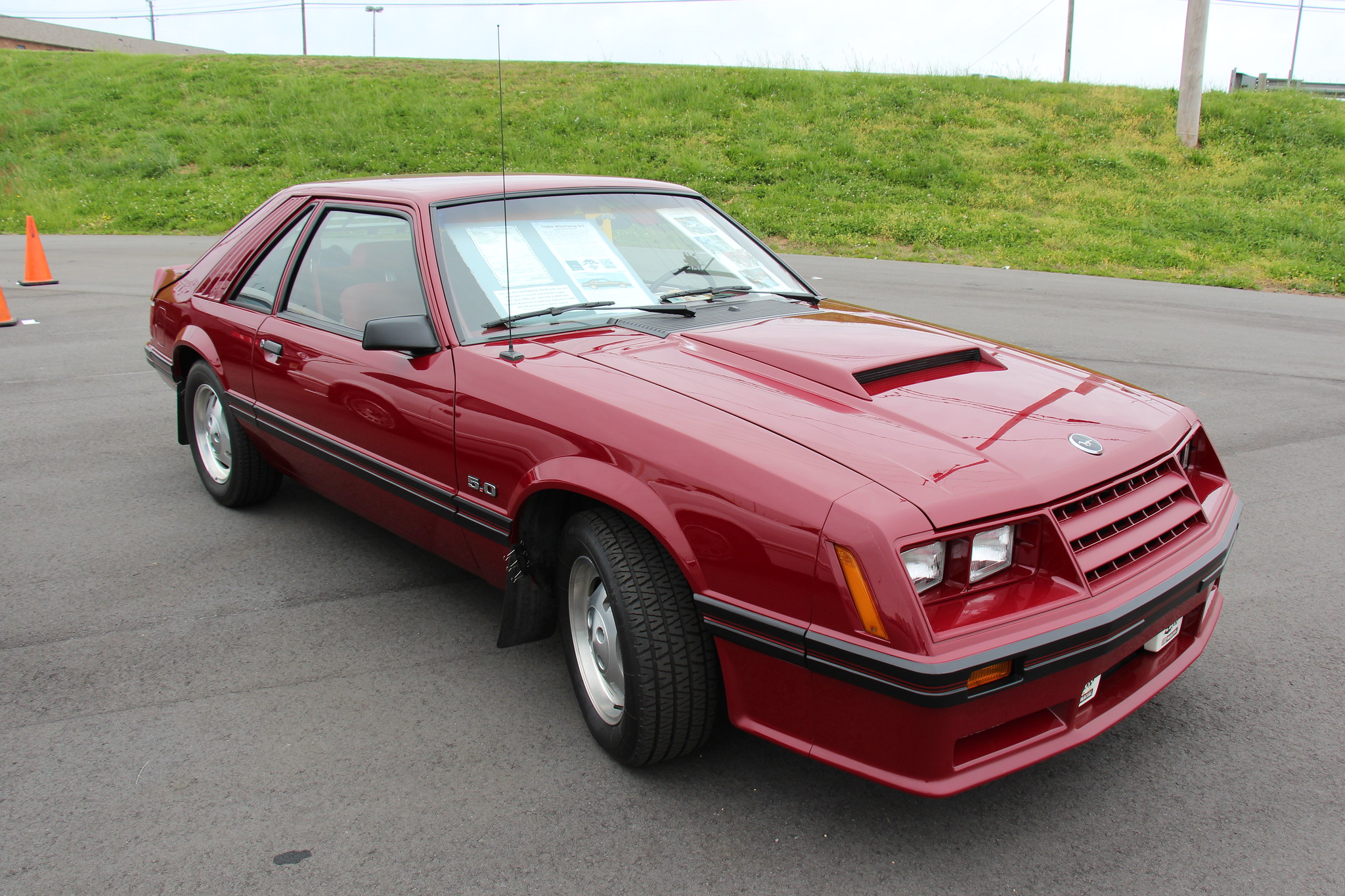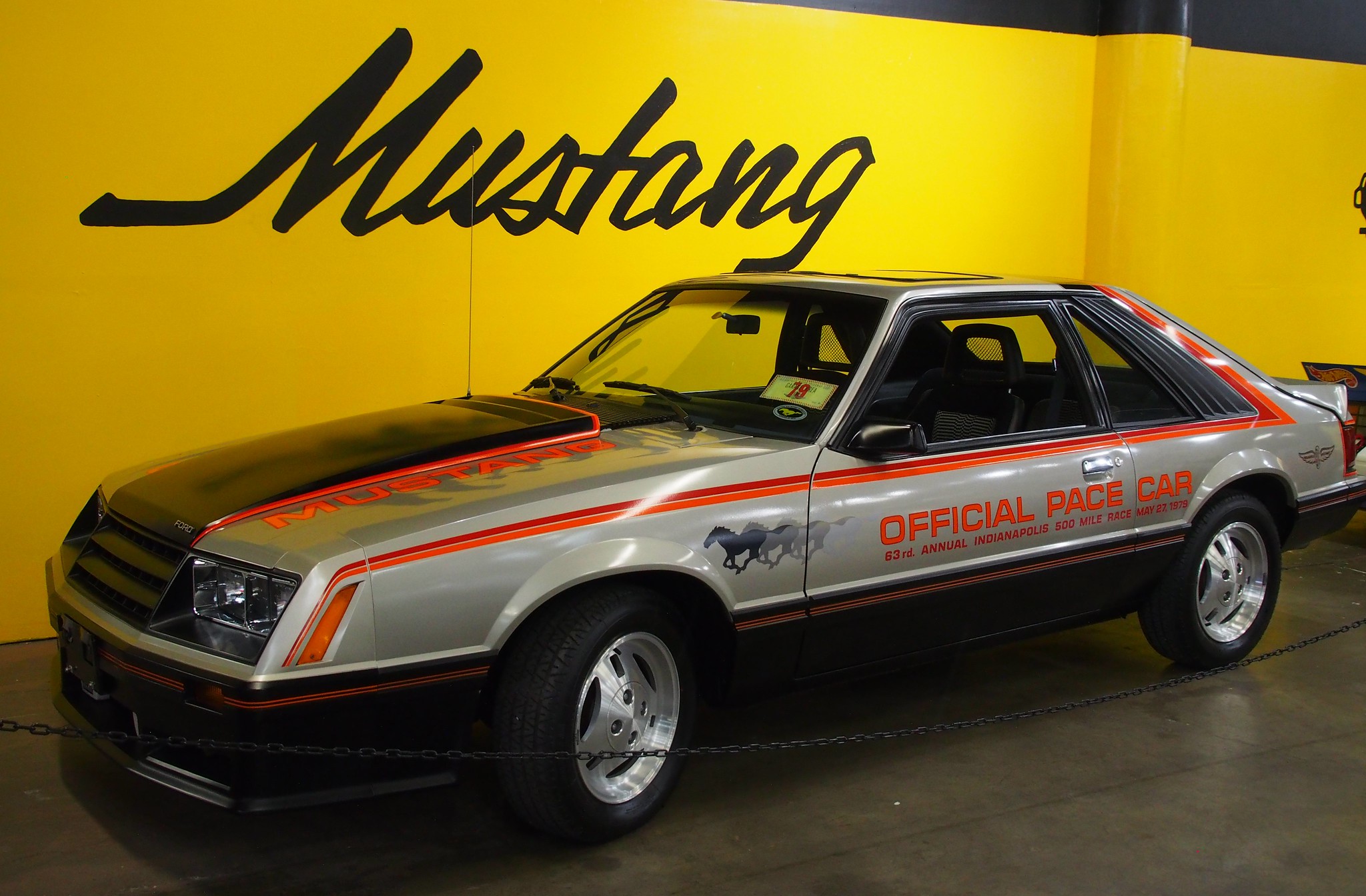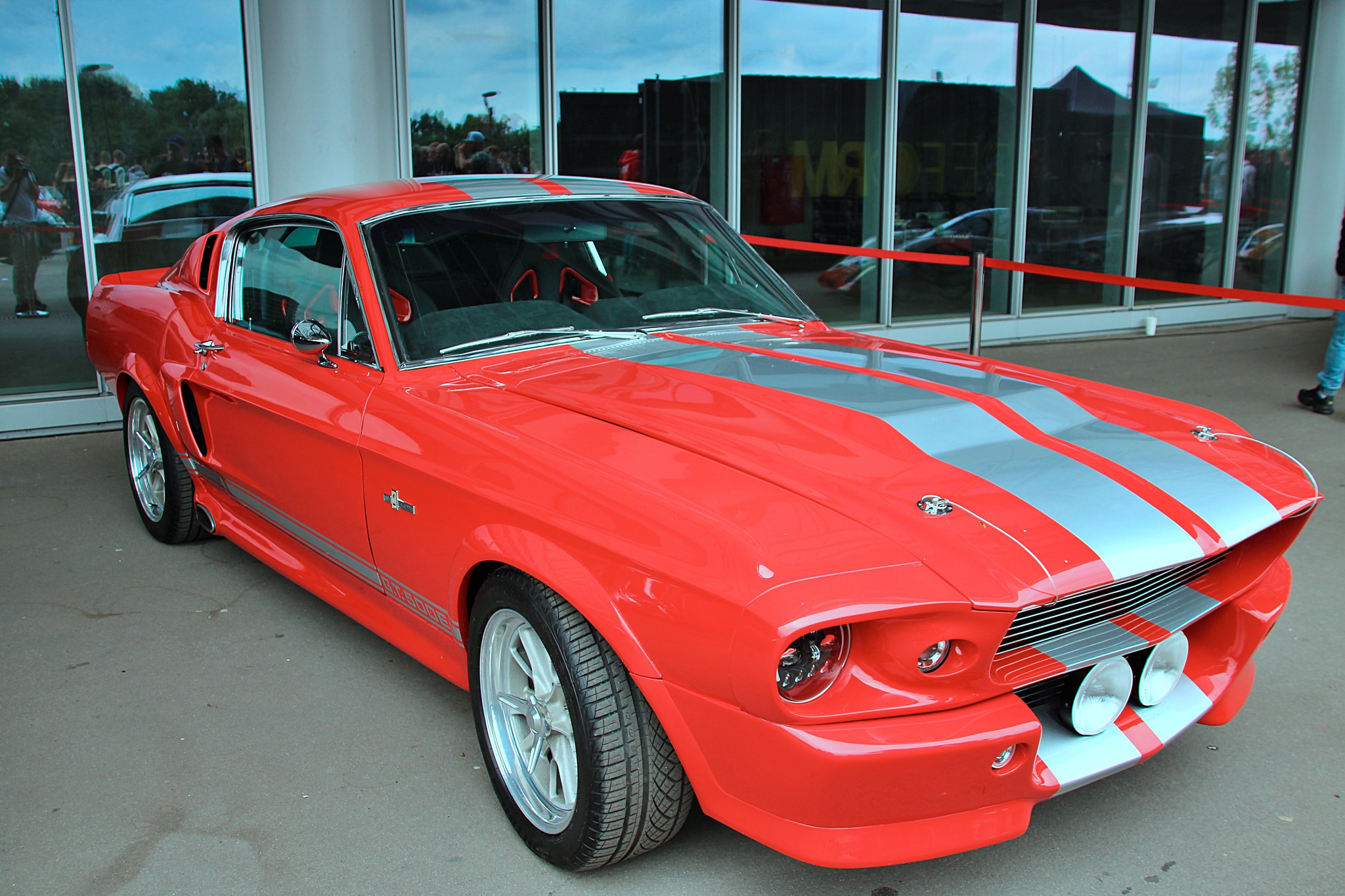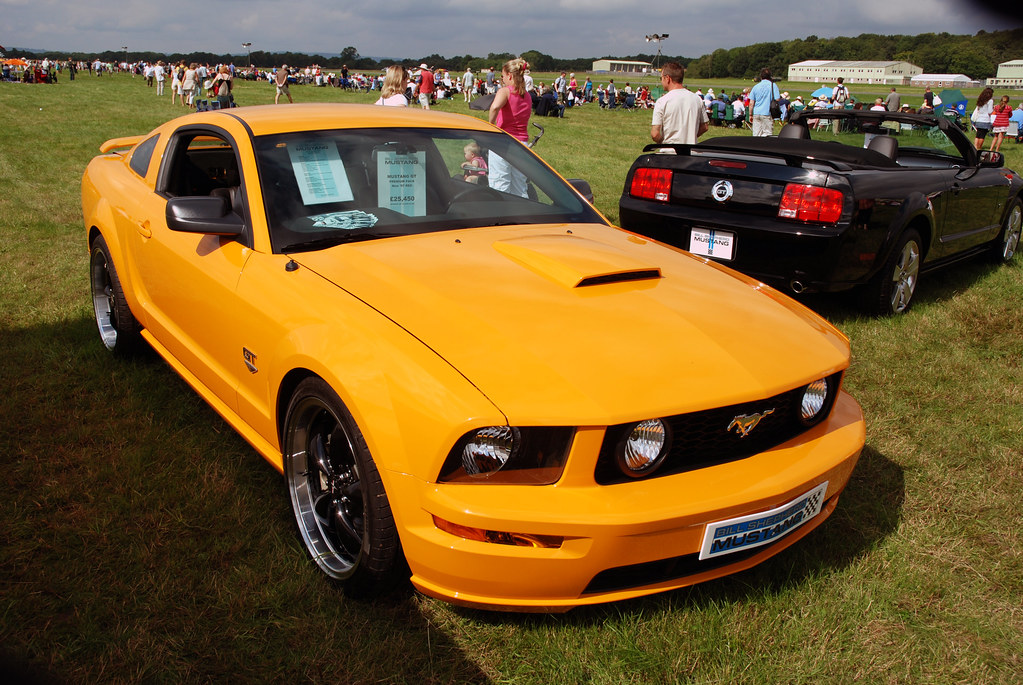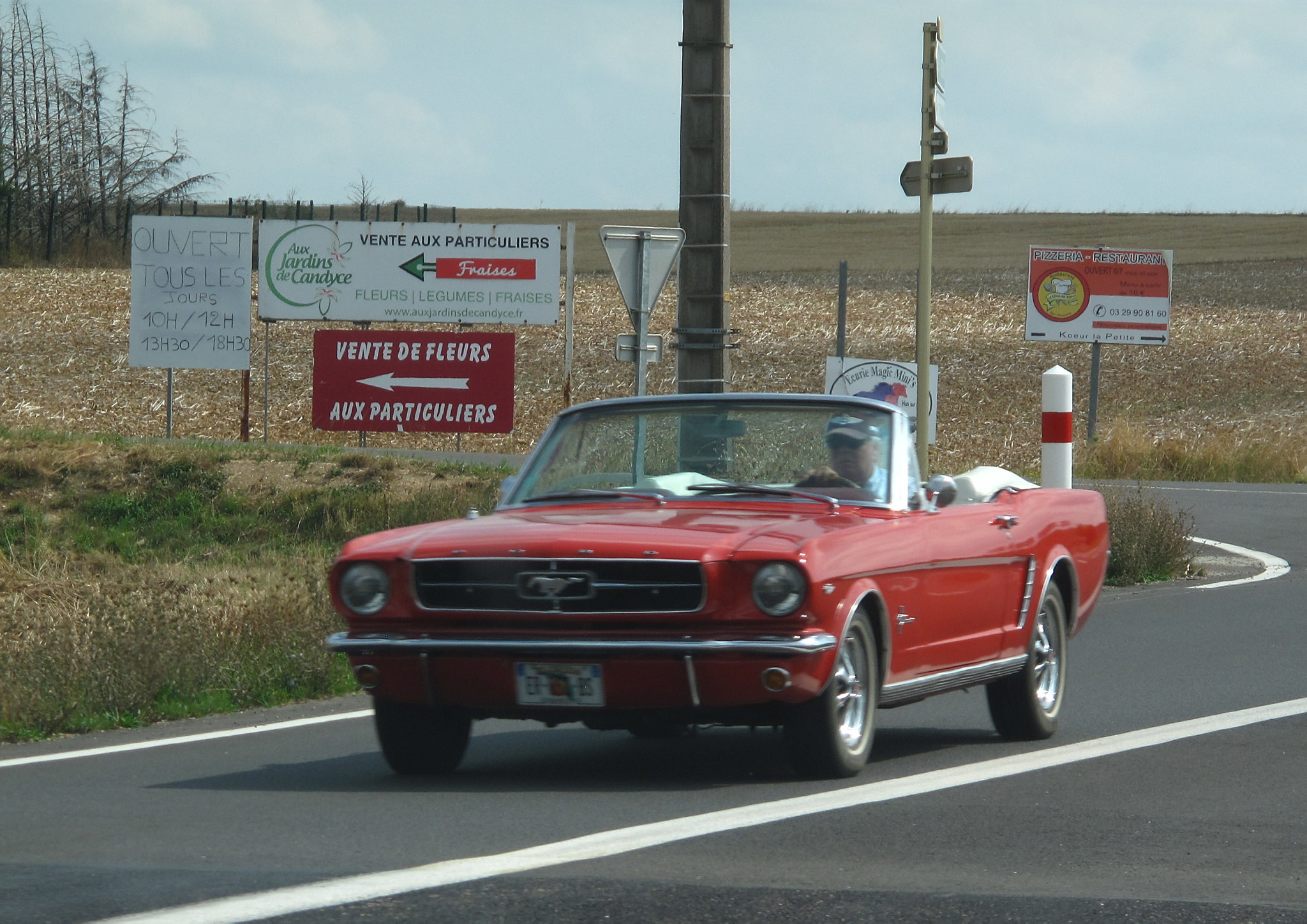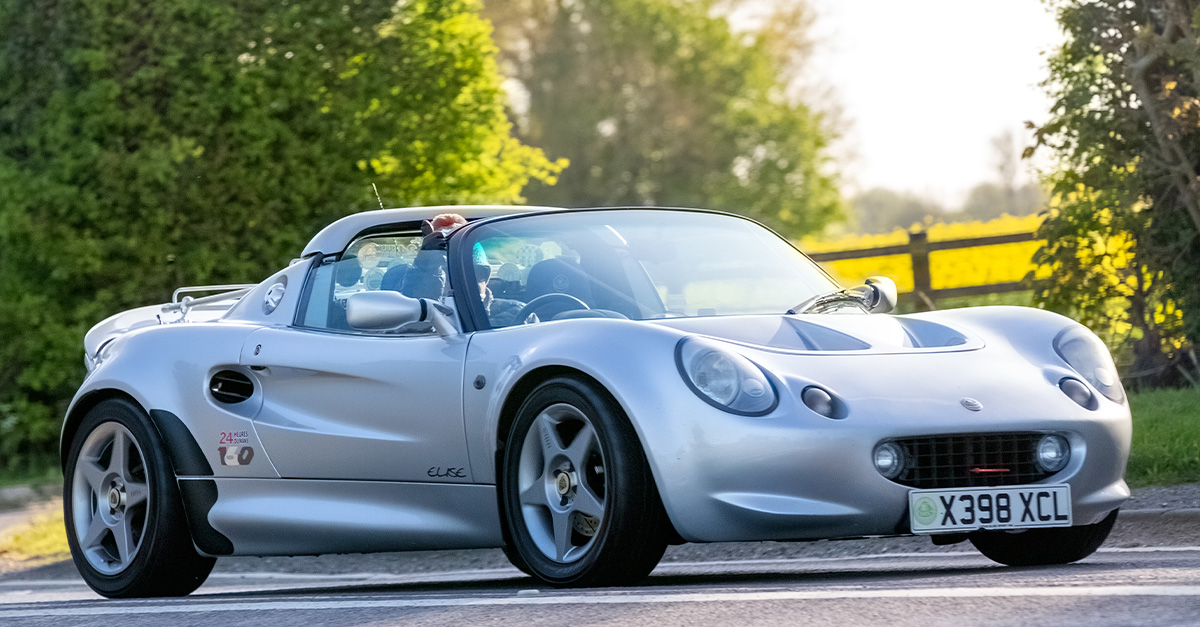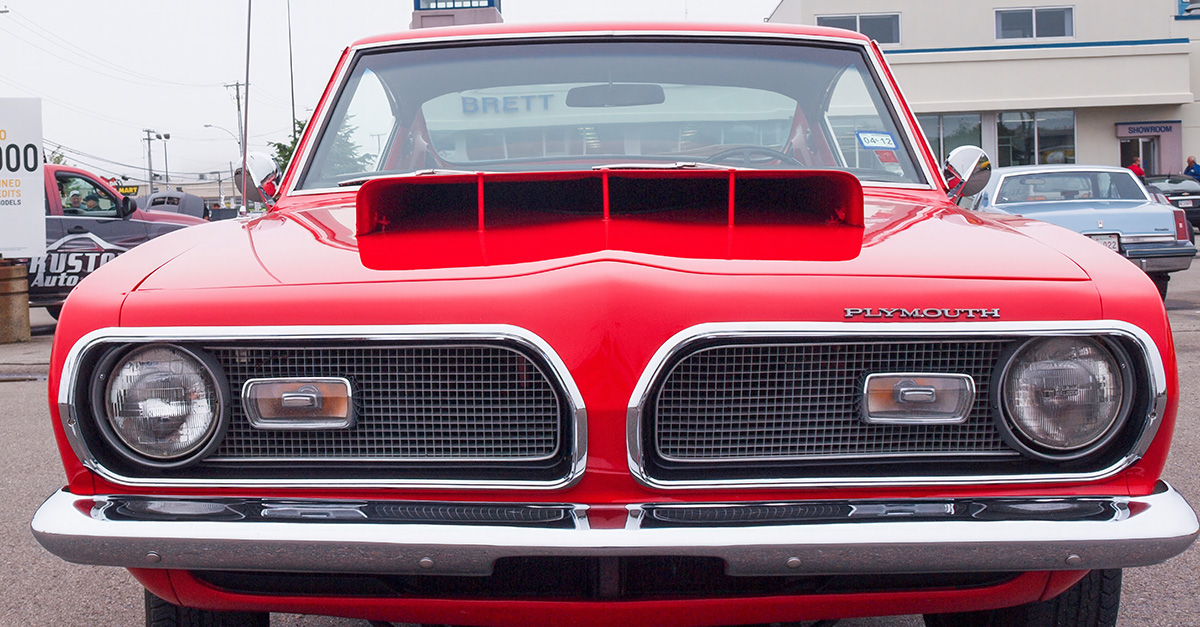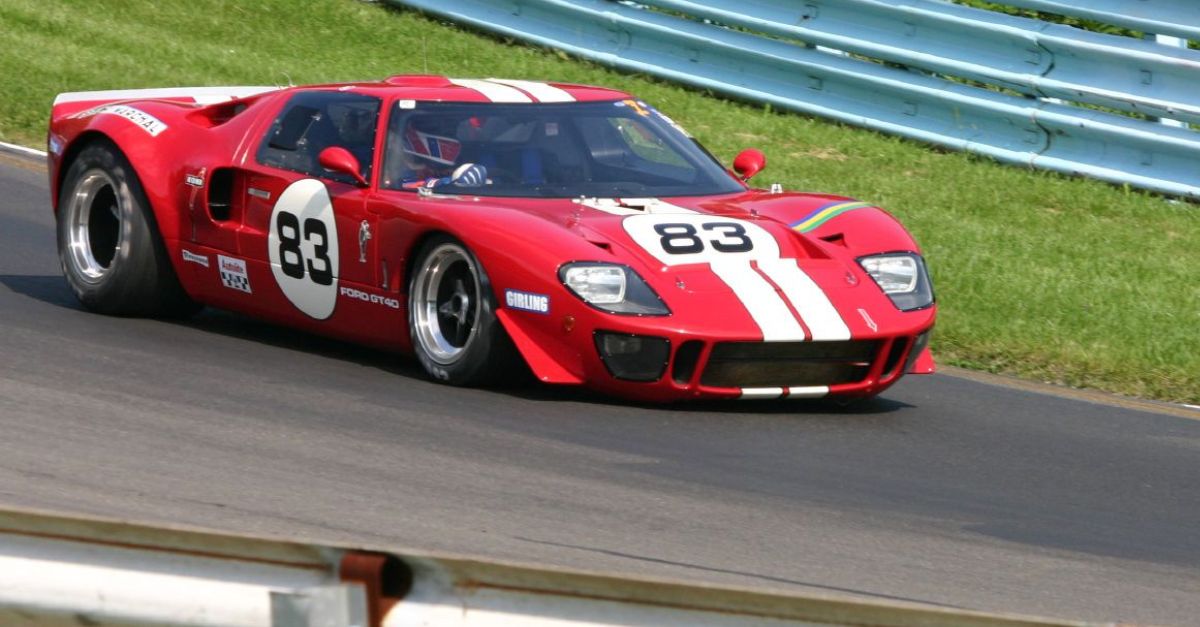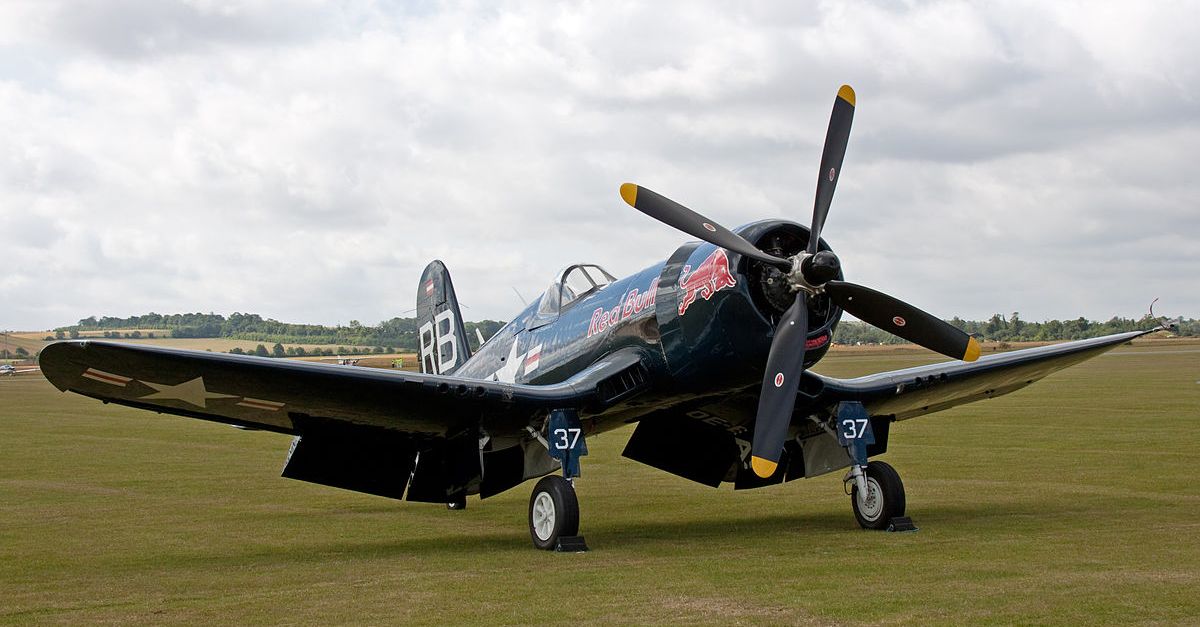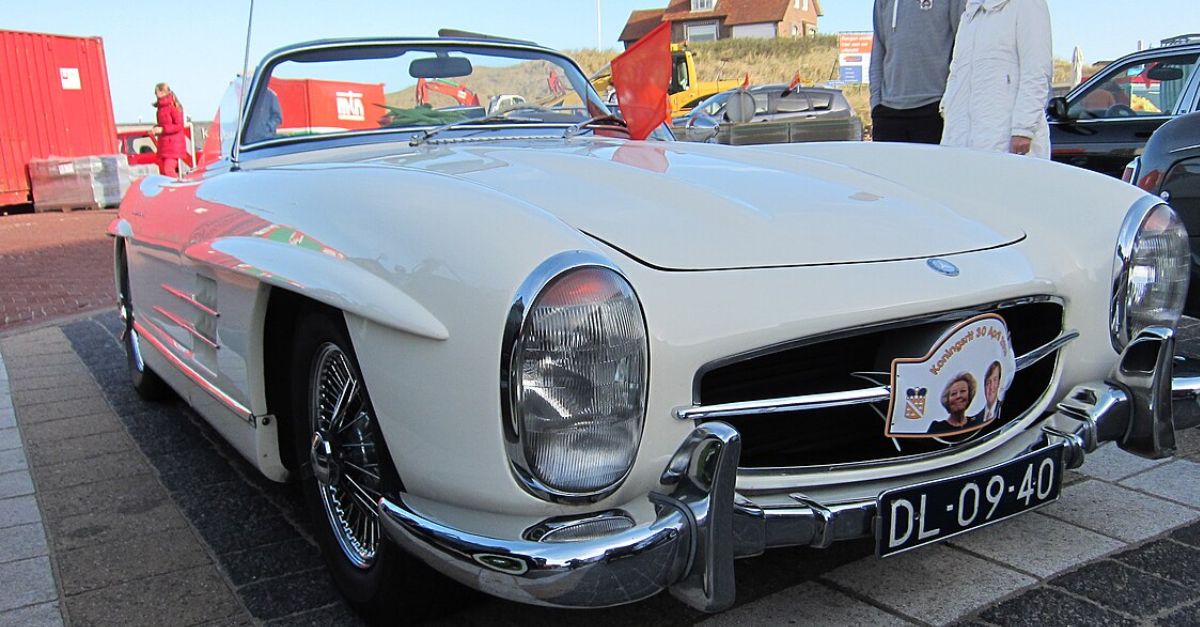An American Icon
The Ford Mustang remains one of the most popular and successful American cars ever built. In continuous production since 1964, the Mustang represents key moments in American history and its style is revered by collectors. Throughout the 60 years of its existence, the Mustang has remained a popular symbol of American automotive engineering and design—here’s everything you need to know about this iconic car.

Mustang Concept Cars
Ford built two mid-engine Mustang concept cars in the 1960s. The first was the 1962 Mustang 1 and the second was the 1968 Mach II.
The Edsel
Because of the fiasco around the Edsel, Ford formed a committee to review any future products. Called the Fairlane Committee (named for the Fairlane Motel where they met) and close to the Dearborn, Michigan Ford headquarters, the Mustang was the committee's first success.
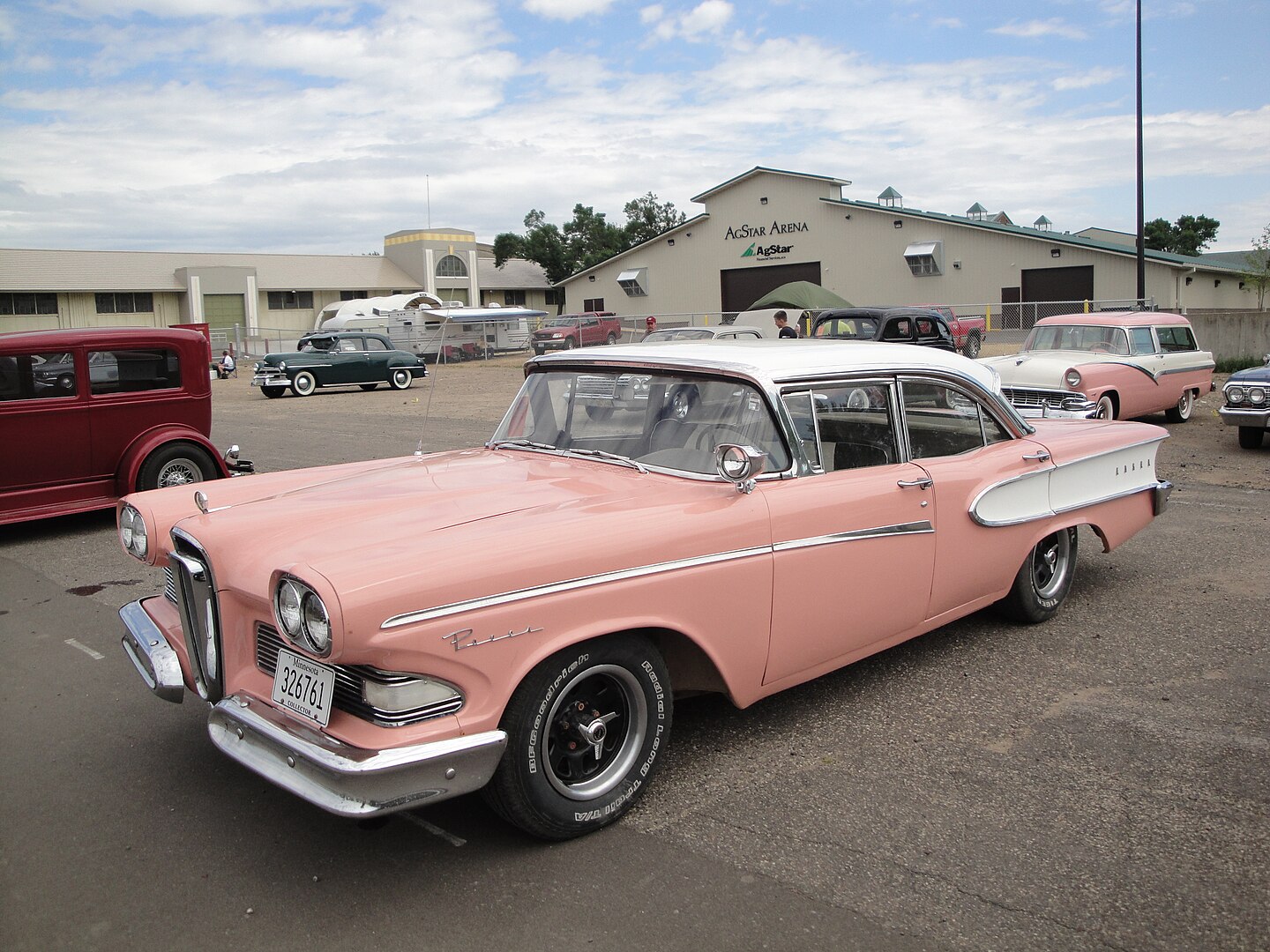 Greg Gjerdingen, CC BY 2.0, Wikimedia Commons
Greg Gjerdingen, CC BY 2.0, Wikimedia Commons
Choosing A Name
Ford tried out a number of names. Two rejected names, Cougar and Torino, were later used for other Ford vehicles. An account executive at J Walter Thompson, the firm tasked with researching a suitable name, said that they went with "Mustang" as it conveyed the excitement of the open road.
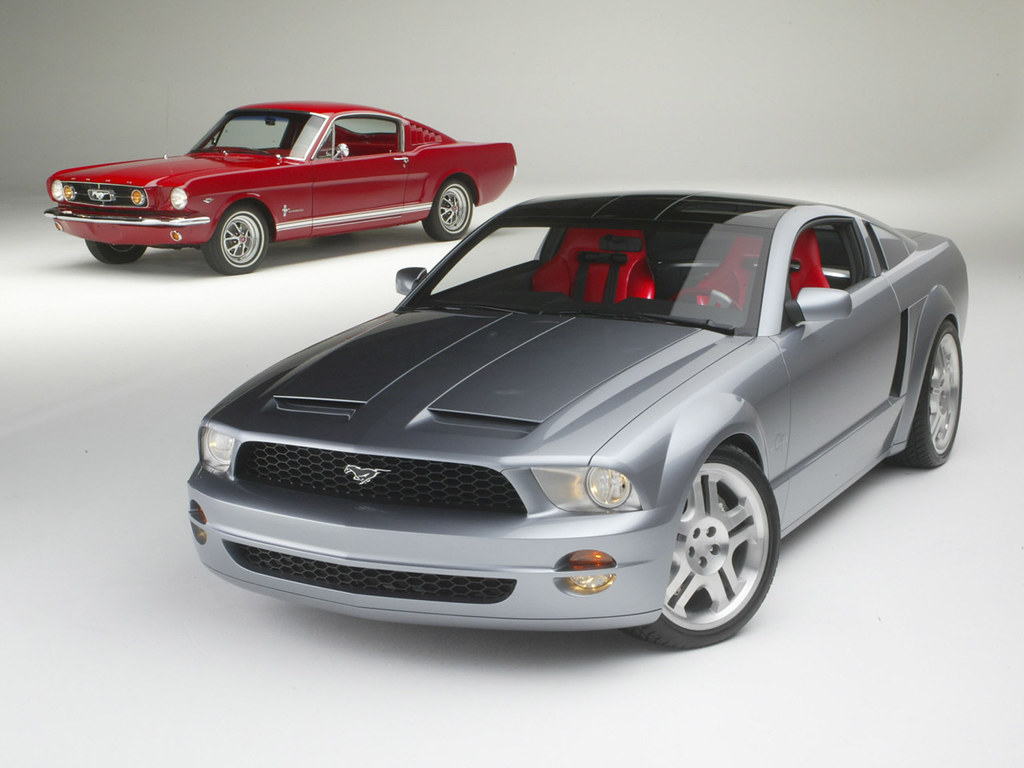 The World of the Ford Mustang, Flickr
The World of the Ford Mustang, Flickr
The Design
The design selected as the basis of the Mustang was originally called “Cougar”. The designer, Gale Halderman, pushed for the name Cougar for the final design.
The Leak
Photos of the Mustang appeared in the Detroit Free Press prior to the official unveiling. The nephew of Henry Ford II, Buhlie Ford, took a ride in a Mustang convertible in the spring of 1964. He left the car in a downtown Detroit parking lot where a photographer was able to snap some pictures.
The Marketing Blitz
Before the official unveiling in New York, Ford launched a national marketing blitz. There were simultaneous programs on all three US television networks during prime time. Over 29 million people watched these programs and the next day, Mustang ads appeared in over 2,600 American newspapers.
 Sicnag, CC BY 2.0, Wikimedia Commons
Sicnag, CC BY 2.0, Wikimedia Commons
The National Tour
A big part of the marketing strategy was a nation-wide tour. Because so many people could not see the car in New York, the Mustang appeared at 70 metropolitan locations, 15 airport terminals, at 100 Holiday Inns, and on billboards across the country.
The Price
The base price for the first Mustang in 1964 was $2,368. This was a featured part of the advertising strategy as it was $1,000 lower than the closest competitor.
Mustang Serial No. 001
The preproduction model Mustang with the serial number 001 was not meant to be sold. However, it was accidentally sold to Canadian airline pilot Stanley Tucker. Ford traded that first car in exchange for the 1 millionth Mustang to Captain Tucker in March 1966.
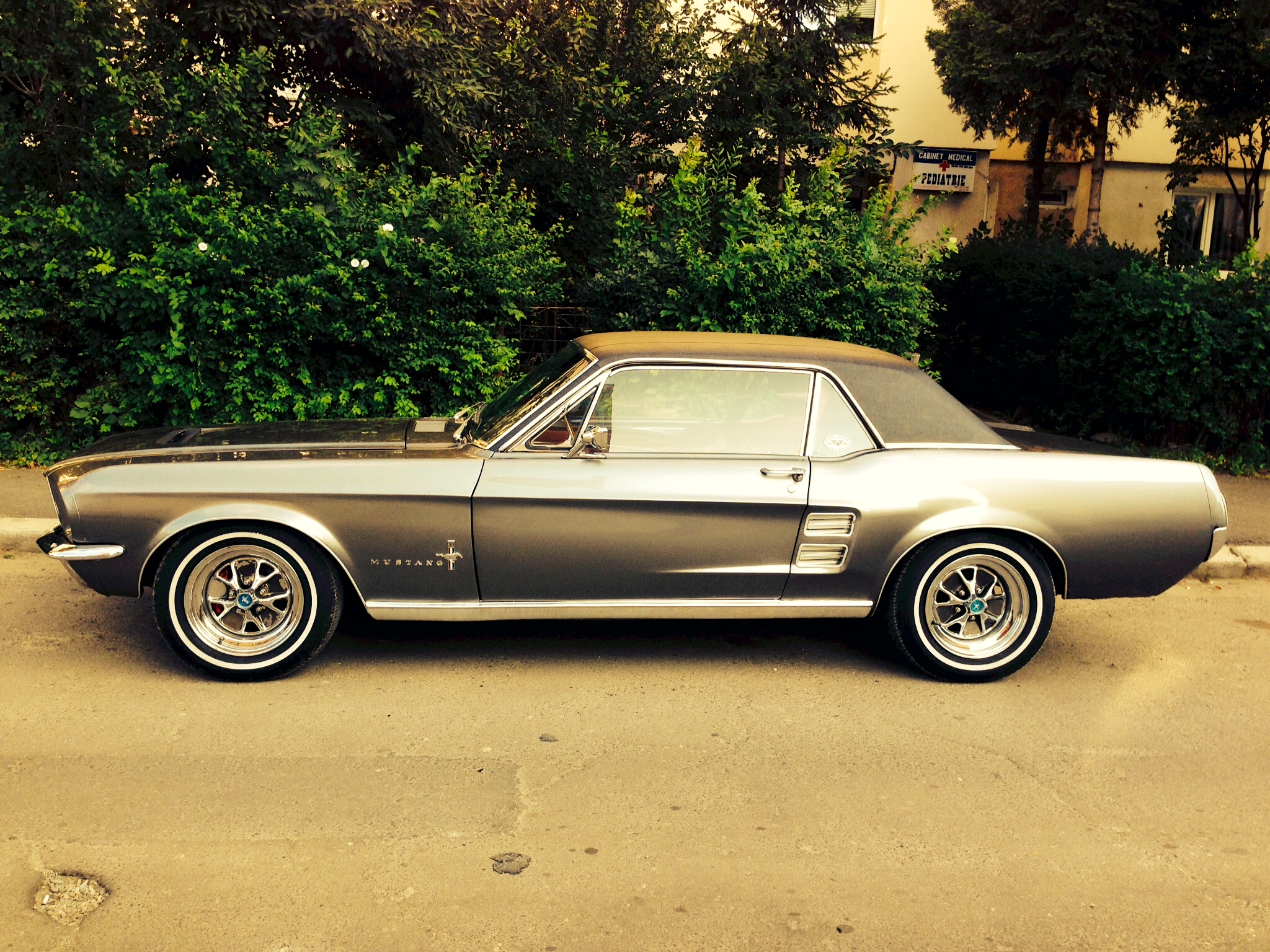
The First Mustang Sold
On April 15, 1964, Gail Brown, a schoolteacher from Chicago, was the first retail customer of a Mustang. Although her salary was $5,000 a year, she paid $3,447.50 for the Mustang, with money loaned to her by her father. As of 2024, Gail still owns the car.
 Kroelleboelle, CC BY-SA 3.0, Wikimedia Commons
Kroelleboelle, CC BY-SA 3.0, Wikimedia Commons
Initial Sales
Ford had forecast sales of about 100,000 Mustangs in the first year. More than 400,000 ended up being sold. Ford General Manager Lee Iacocca credited the Mustang’s unexpected increase in sales to the appearance of the Mustang on the covers of Time and Newsweek in April 1964.
The Iconic Logo
With the name selected, the now-familiar horse logo took on a number of forms. Variations included a knight on a chessboard, a horse galloping to the right, as on racetracks, and a version galloping to the left. It was decided that the Mustang was a wild horse, not a domesticated racehorse, and logo designer Phil Clark drew the final horse design as facing left.
 CZmarlin, CC BY-SA 3.0, Wikimedia Commons
CZmarlin, CC BY-SA 3.0, Wikimedia Commons
The New York World's Fair
In April 1964, the Mustang debuted at the New York World’s Fair. Journalists were the first to drive Mustangs, 124 of them taking part in the Ford Mustang Road Rally from Westchester Country Club in suburban New York to Dearborn, Michigan.
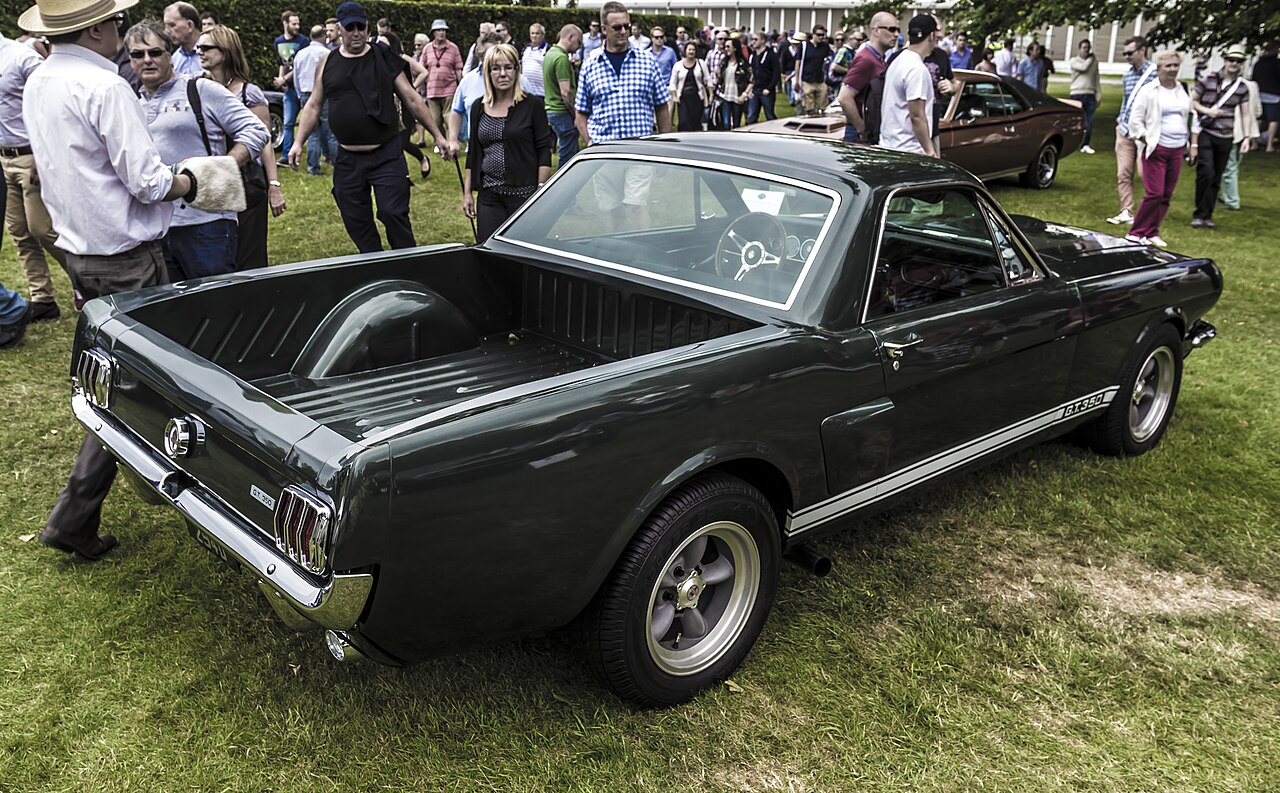 big-ashb, CC BY 2.0, Wikimedia Commons
big-ashb, CC BY 2.0, Wikimedia Commons
Building The Cars
The main plants for Mustang production were in Dearborn and Flat Rock, Michigan. There were also plants in San Jose, California and Metuchen, New Jersey producing Mustangs. In the 1960s, Mustangs were also produced at plants in Mexico and the Netherlands.
Right-Hand-Drive Mustangs
For the Australian market, 250 right-hand-drive Mustangs were produced between 2001 and 2003. Australia's Tickford Vehicle Engineering had an exclusive contract to convert the cars to right-hand-drive.
Independent Rear Suspension
In 1963, three Mustang prototypes were tested with an independent rear suspension system. It wasn't until 1999 that the SVT Cobra came with an independent rear suspension, but it was the 2015 Mustang that had the first independent rear suspension across the board.
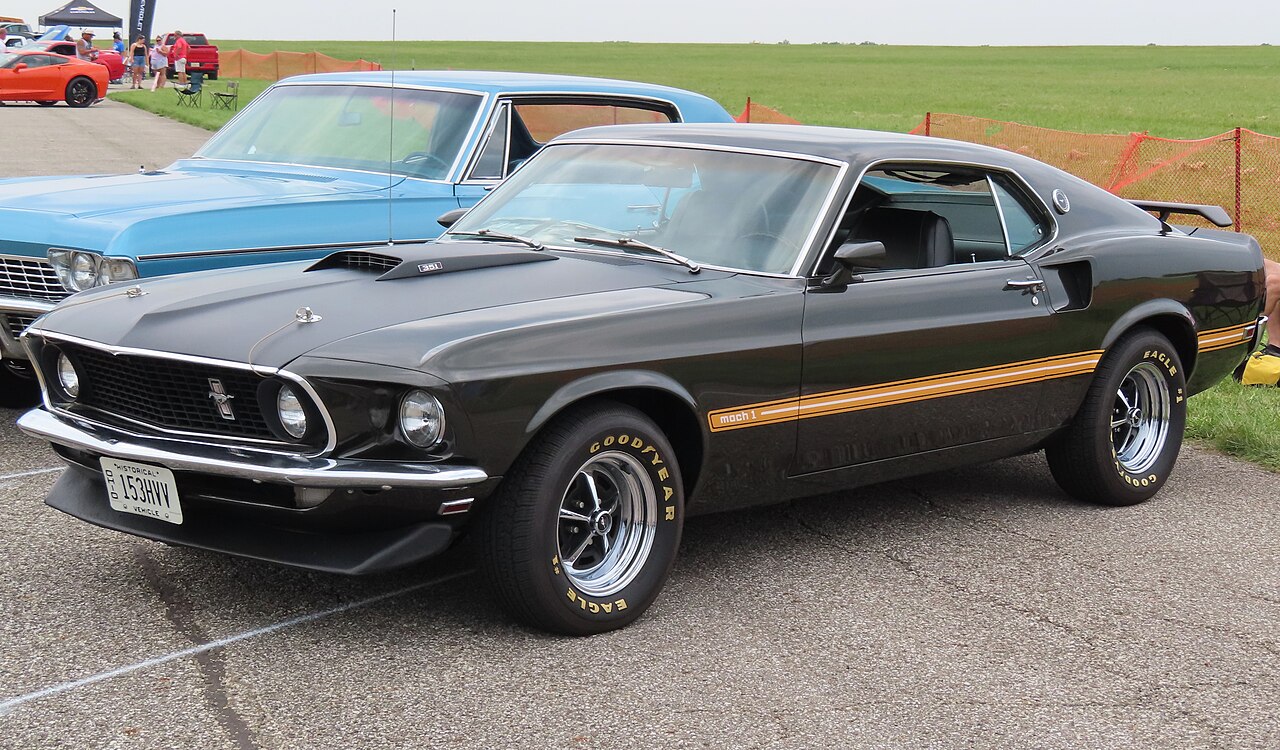 MercurySable99, CC BY-SA 4.0, Wikimedia Commons
MercurySable99, CC BY-SA 4.0, Wikimedia Commons
The 1974-78 Mustang II
Considered by some to be an underperformer, the Mustang II nevertheless offered performance comparable to the much larger and heavier 1971-73 models. This was despite the Mustang II having a smaller engine.
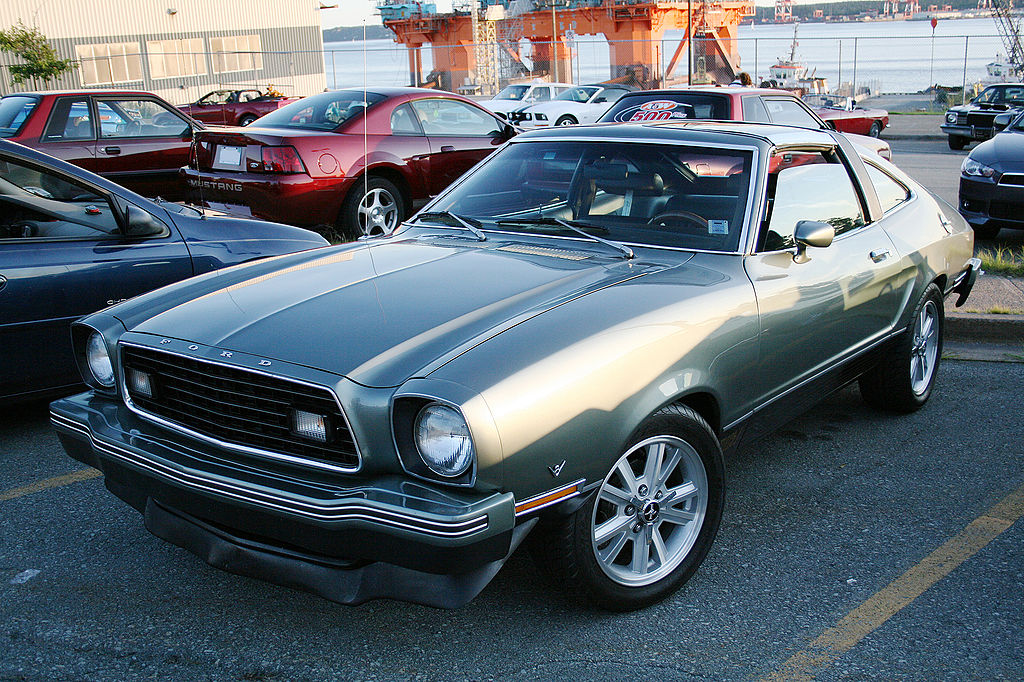 Crwpitman, CC BY-SA 4.0, Wikimedia Commons
Crwpitman, CC BY-SA 4.0, Wikimedia Commons
German Sales
The Mustang was sold in Germany from 1964 to 1978 through Ford dealers and the US forces PX system. Known as the Ford T5, the Mustang trademark in Germany was owned by Krupp.
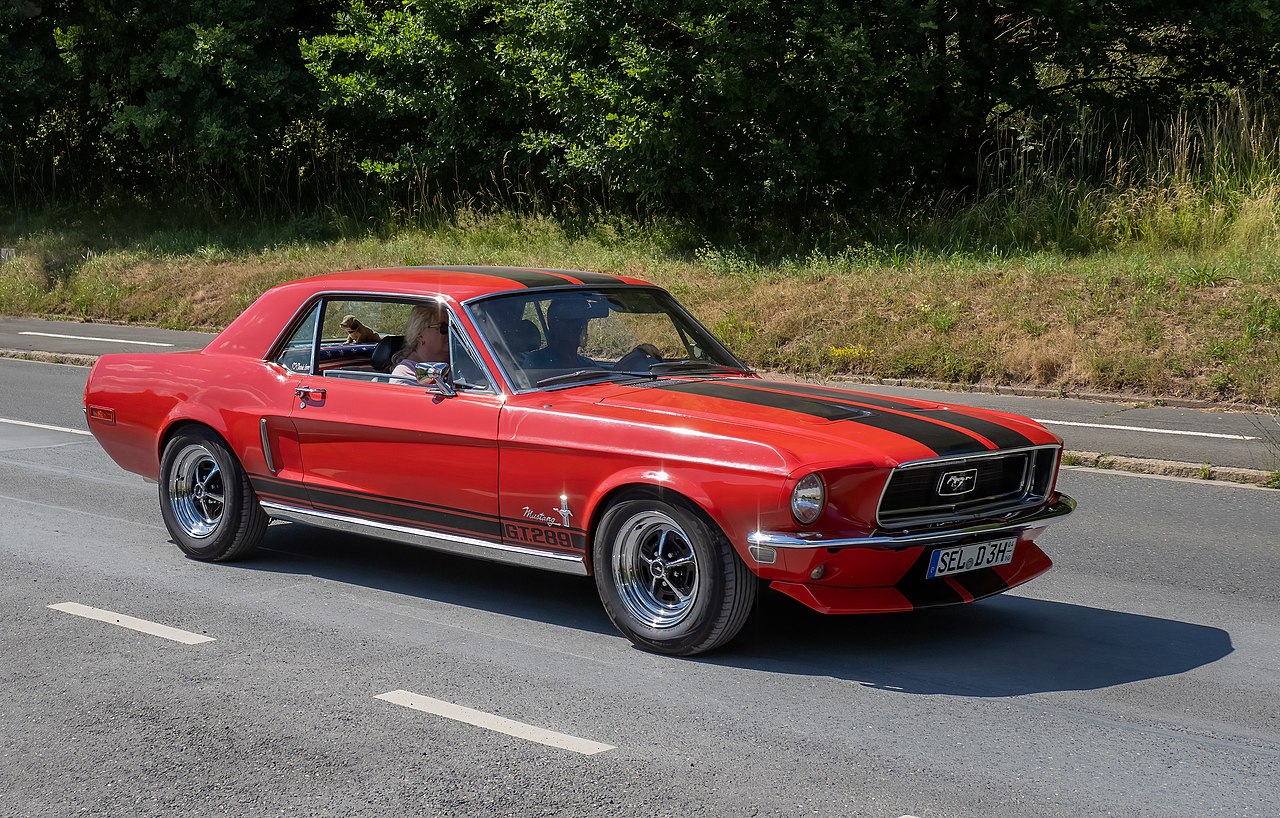 Reinhold Möller, CC BY-SA 4.0, Wikimedia Commons
Reinhold Möller, CC BY-SA 4.0, Wikimedia Commons
Outside The North American Market
Outside of North America, more than 161,000 Mustangs and T5s have been sold. There are over 100 Mustang owners' clubs in places such as Poland, South Africa, Iceland, and New Zealand.
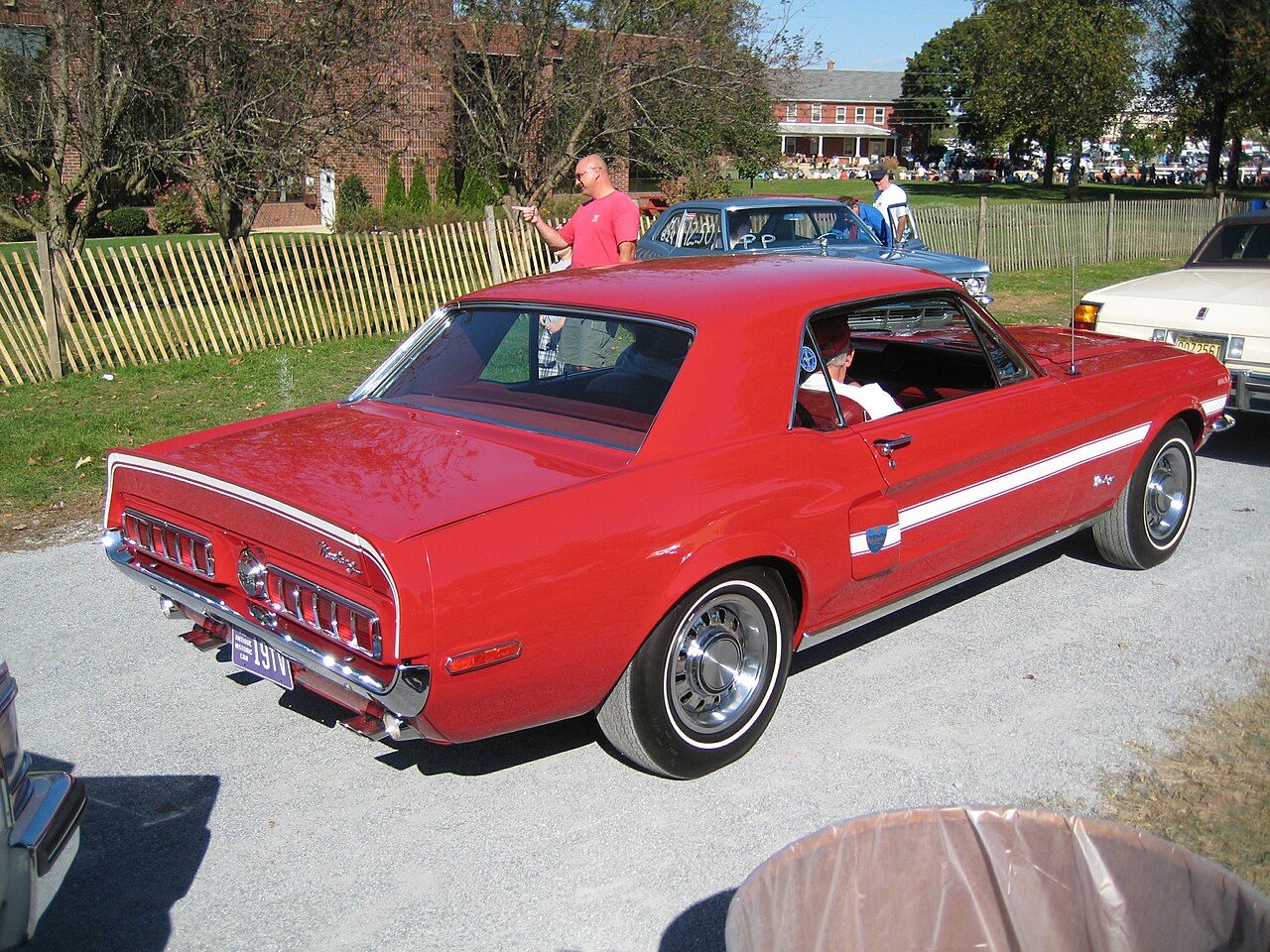 JOHN LLOYD, CC BY 2.0, Wikimedia Commons
JOHN LLOYD, CC BY 2.0, Wikimedia Commons
The Most Valuable Mustang
At an auction in 2019, a 1967 Shelby Mustang GT500 Super Snake sold for $1.3 million. Mustangs at auction have generated huge sales. The top 10 Mustangs sold at auction over the years have a combined total of $7.6 million.
Giorgetto Giugiaro
Italian automotive designer Giorgetto Giugiaro created two Mustang-based concepts. While working at the Gruppo Bertone industrial design company in Turin in 1965, Giugiaro designed the Bertone Mustang. Commissioned by Automobile Quarterly publisher L Scott Bailey, the Bertone Mustang was a sensation, but only one was ever built.
 Tadekptaku, CC BY-SA 4.0, Wikimedia Commons
Tadekptaku, CC BY-SA 4.0, Wikimedia Commons
The Mustang Station Wagon
Three station wagons, or shooting brakes (named for a body style that’s reminiscent of a wagon), were designed by Ford for the Mustang. Two only went as far as full-sized clay models, but a functional prototype for the S650 Ford Mustang was built.
Mustang Four-Door Sedan
In 1964 a four-door Mustang sedan was created. Meant to be a potential replacement for the Falcon, the idea never took off.
 Detectandpreserve, CC BY-SA 3.0, Wikimedia Commons
Detectandpreserve, CC BY-SA 3.0, Wikimedia Commons
Henry Ford II's Customized Black Mustang
In 1963, a pre-production black Mustang was customized for Henry Ford II. It included a padded vinyl roof, leather seating, and hand-painted pinstripes. Ford later gave the car to his driver who eventually sold it to a Farmington, Michigan man who still owns it.
The First Turbocharged Mustang Engine
In 1979, Mustang debuted their first turbocharged engine. With far less emissions standards than we have today, the engine was a 2.3-liter that produced 132 horsepower. By 1985, the limited production, fuel-injected Mustang SVO got up to 205 horsepower.
 Cjp24, CC BY-SA 4.0, Wikimedia Commons
Cjp24, CC BY-SA 4.0, Wikimedia Commons
Front-Wheel Drive
Based on the Mazda MX-6, a Mustang front-wheel-drive with a coupe was considered in 1989. The decision was made to retain the new model and redesign it on a rear-wheel drive platform. That front-wheel drive coupe became the Probe until 1997, which was later replaced by the Mercury Cougar.
Continuous Production
Since 1964, Mustang has been in continuous production without missing a model year. This makes Mustang one of fewer than 10 nameplates to survive in continuous production for more than 50 years.
The 1964½ Mustang
A gap of 80,000 to 100,000 units in the 1965 VINs between June and July 1964 coincided with the switch from a generator on the engines to an alternator. As such, many Mustang enthusiasts consider that gap to be the dividing line between ’64½ and ’65 models. However, starting from serial number 001, all cars produced had 1965 VIN codes and there was no such thing as a 1964½ Mustang.
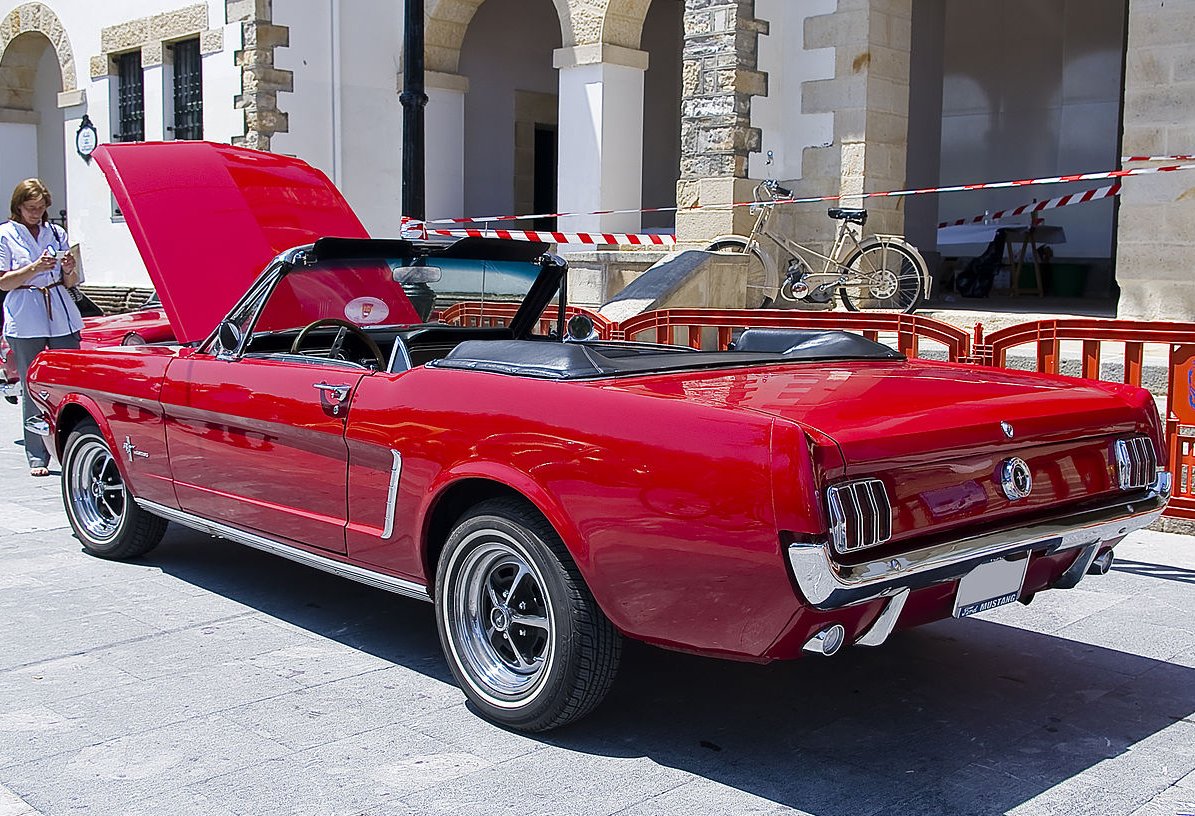 Spanish Coches, CC BY 2.0, Wikimedia Commons
Spanish Coches, CC BY 2.0, Wikimedia Commons
Mustangs In The Movies
Since its debut, the Mustang has appeared in over 3,300 films and TV shows. The website mustangimdb.com (based on the imdb.com online database for films and television) was started by the founder of the Icelandic Mustang Club. The website keeps track of every appearance of a Mustang in movies and TV shows.
The Mustang Cobra Jet Drag Car
The Mustang Cobra Jet was a factory-built drag race car built in 1968, cranking out 335 horsepower from a big-block V8. Today’s GT500 nearly doubles that, at 662 horsepower, while still meeting modern emissions standards.
Inside The Empire State Building
A 1966 Mustang was sliced into four sections and taken up a passenger elevator to the 86th floor of New York's Empire State Building. It was October 1965, and Ford engineers reassembled the car for display on the observation deck.
The Fox Body
From 1979 to 1993, the third-generation Mustang was produced. Nicknamed the "fox body" (because it was built on the Ford Fox platform), it had the longest run of any Mustang. One interesting feature of this Mustang was the absence of the classic pony badge on the grille on all but the 1993 SVT Cobra; all other years had a pony only on the passenger side of the dashboard.
The Indianapolis 500
On three occasions, the Mustang has served as the official pace car of the Indianapolis 500. The grandson of Henry Ford, Benson Ford, drove the Mustang pace car at the 1964 Indy 500. The Mustang was also the official pace car in 1979 and 1994.
Bill Clinton's Mustang
When Bill Clinton moved into the White House in 1993, he had to leave behind his beloved “ice blue”, a 1967 Mustang convertible with white interior. He said it was one of the hardest things he had to do. During the 30th anniversary of the Mustang in 1994, Clinton drove his car at the Charlotte Motor Speedway in Concord, North Carolina.
 Jeremy, CC BY 2.0, Wikimedia Commons
Jeremy, CC BY 2.0, Wikimedia Commons
The Mustang's Colors
The most popular color for a Mustang over the years is red. The next popular colors in order are blue, silver, white, black, green, brown and yellow. In 1967, the Mustang was also available in two shades of pink: dusk rose and Playboy pink.
The Yellow Mustang Registry
It may not be the most popular color, but fans of yellow Mustangs are devoted to their choice. Founded in 2001, the Yellow Mustang Registry is dedicated to yellow Mustang enthusiasts. With more than 8,900 members and almost 9,000 registered vehicles, they have hosted 60 yellow Mustang events since their founding.
The Mustang Postage Stamp
In 1999, a first-class stamp valued at 33 cents was unveiled honoring the Mustang. In 2013, the 1967 Shelby GT-500 was featured in a series of stamps honoring American muscle cars.
Mustang's First Woman Engineer
From 1994 to 1999, Janine Bay Teske was the chief engineer for the Mustang, the first woman to do so. She was responsible for the design and development of the 1999 Mustang and the 1999 Cobra. She is the only woman to be a member of the Mustang Club of America’s Hall of Fame.
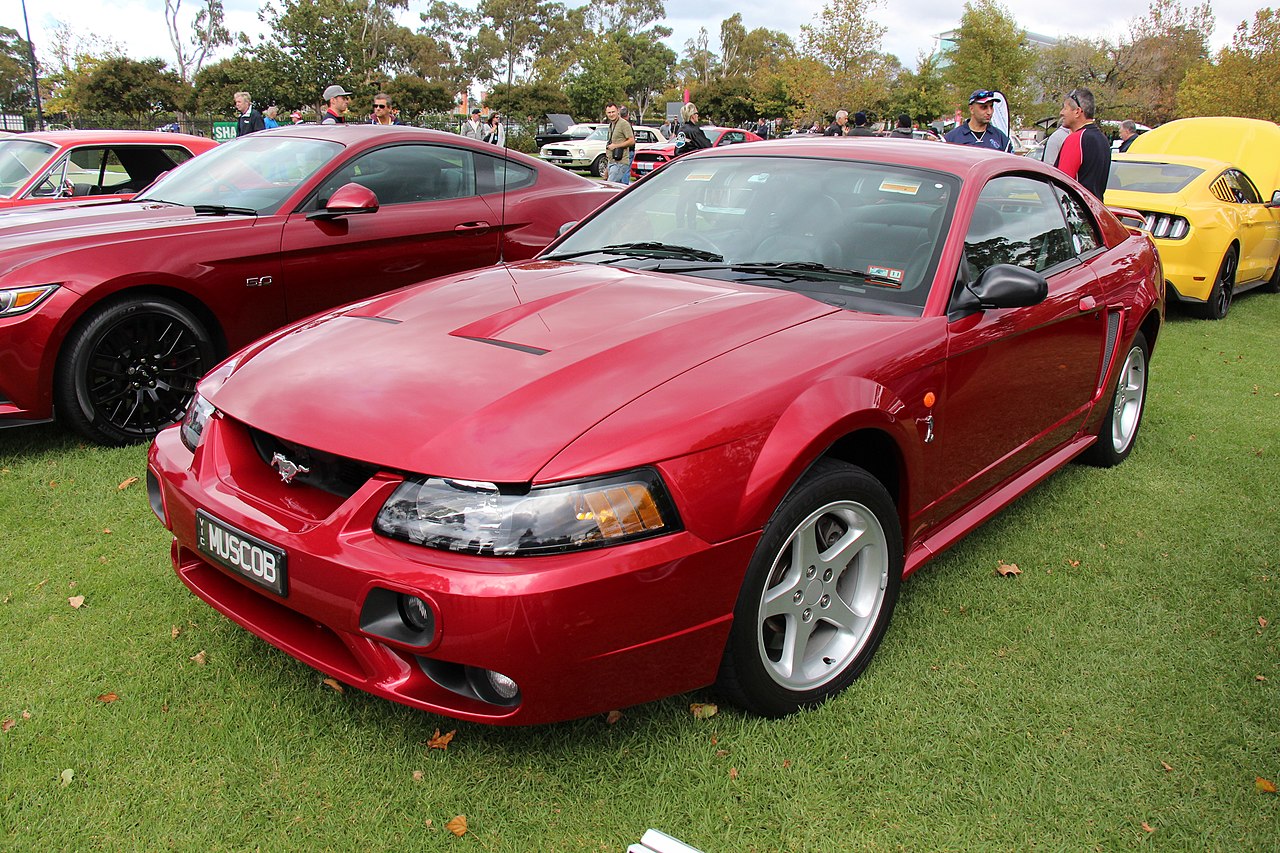 Sicnag, CC BY 2.0, Wikimedia Commons
Sicnag, CC BY 2.0, Wikimedia Commons
The Mustang Museum
Over the years, there have been a number of studies conducted on the feasibility of an official Mustang museum in the United States. Unfortunately for fans, Ford has concluded that a museum wouldn't be financially realistic, even with the popularity of the Mustang.
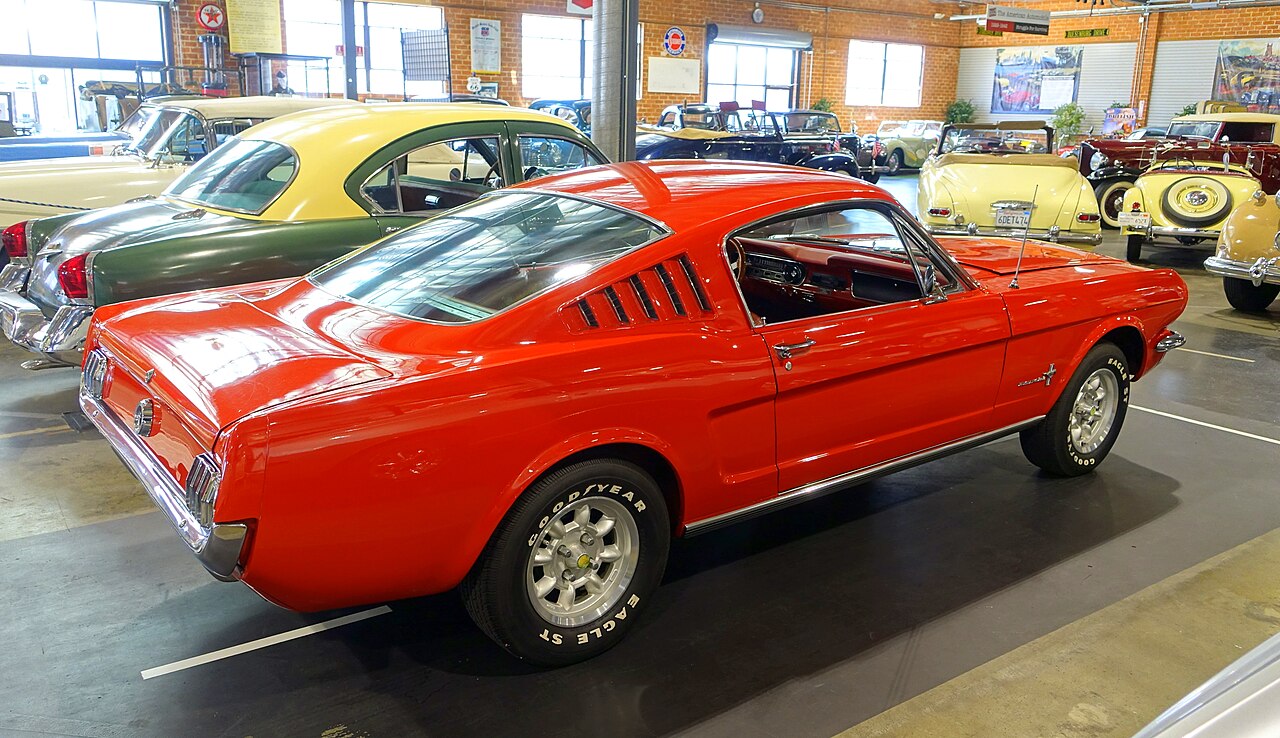 Daderot, CC0, Wikimedia Commons
Daderot, CC0, Wikimedia Commons

